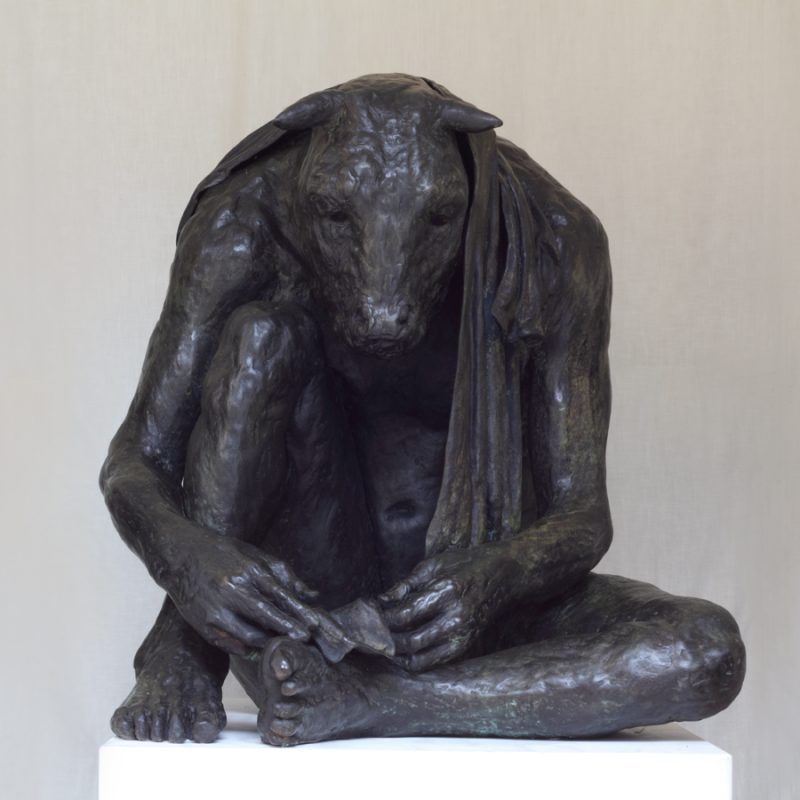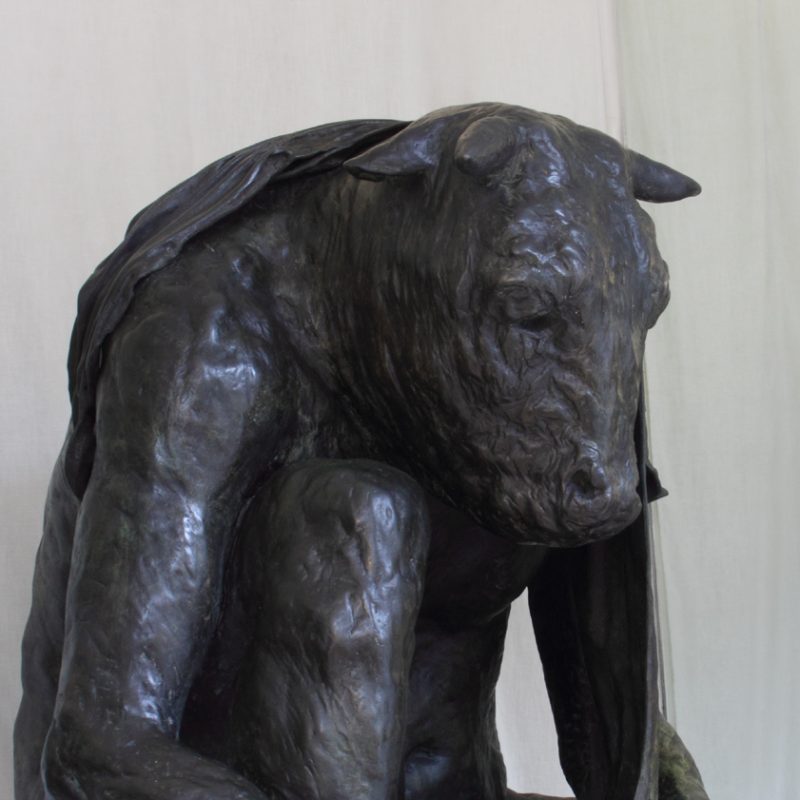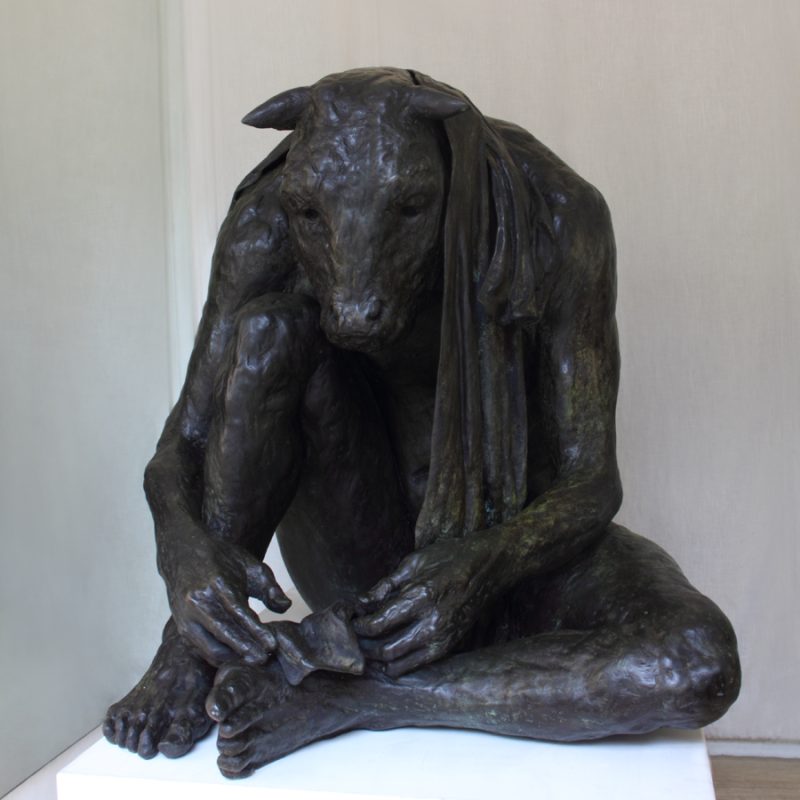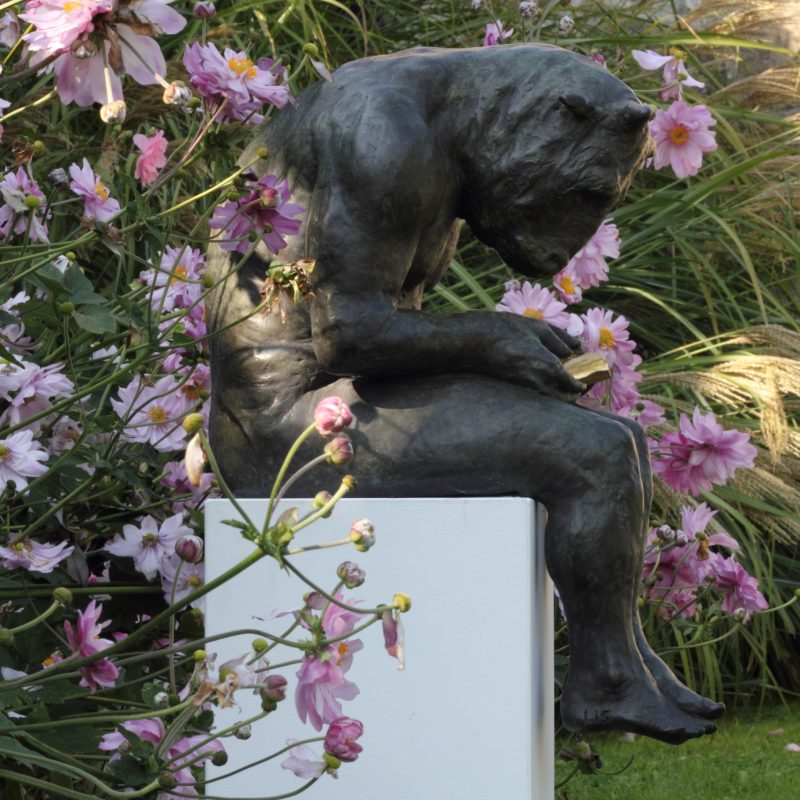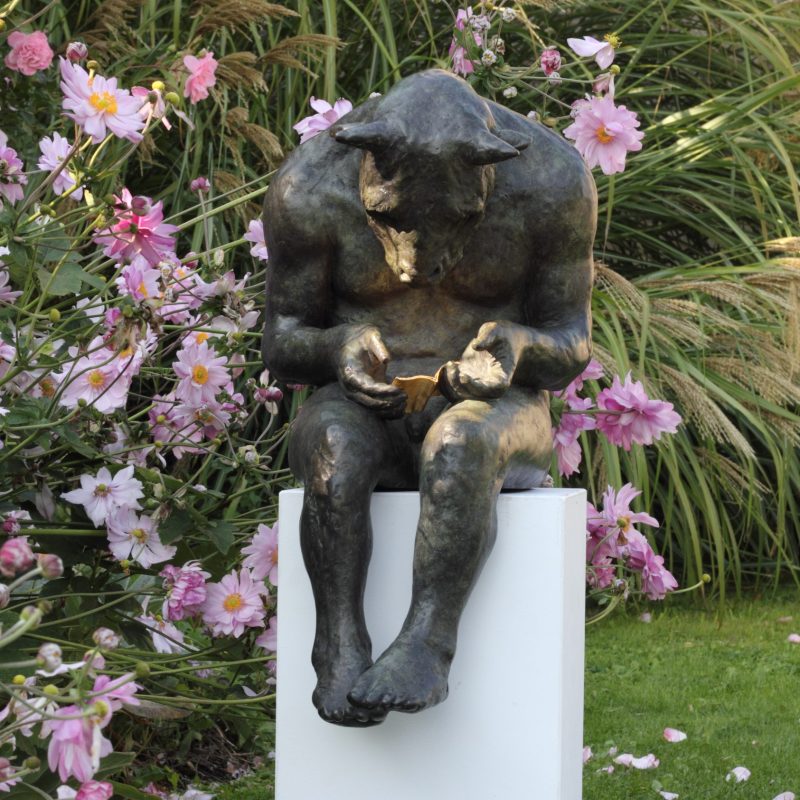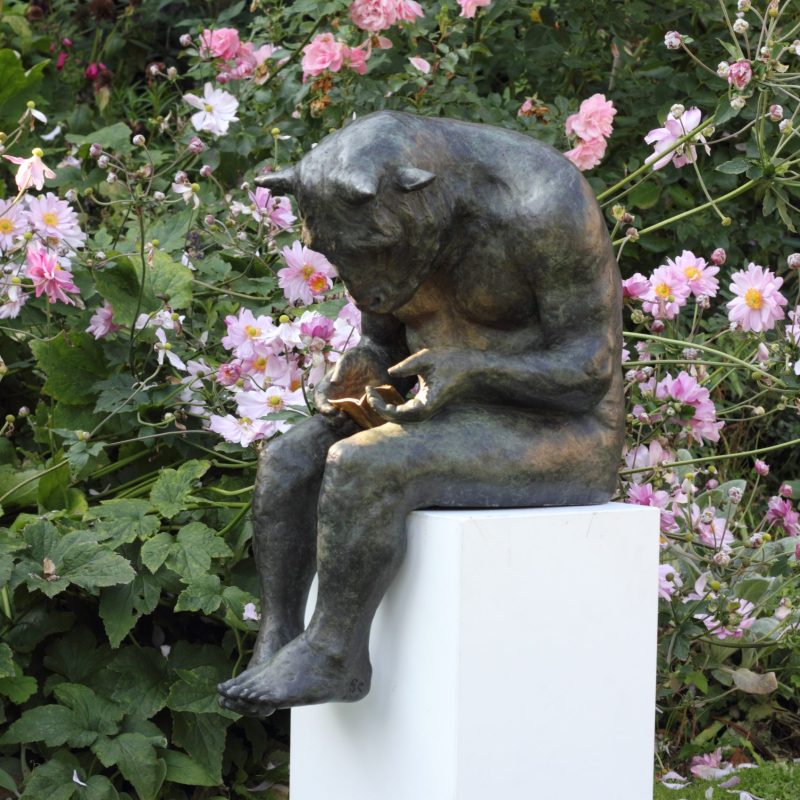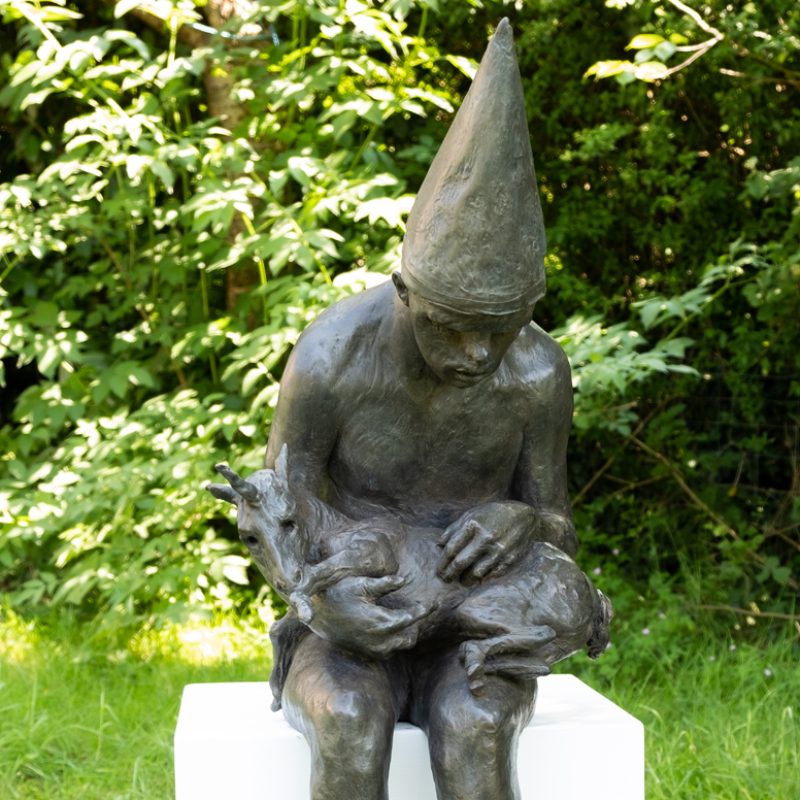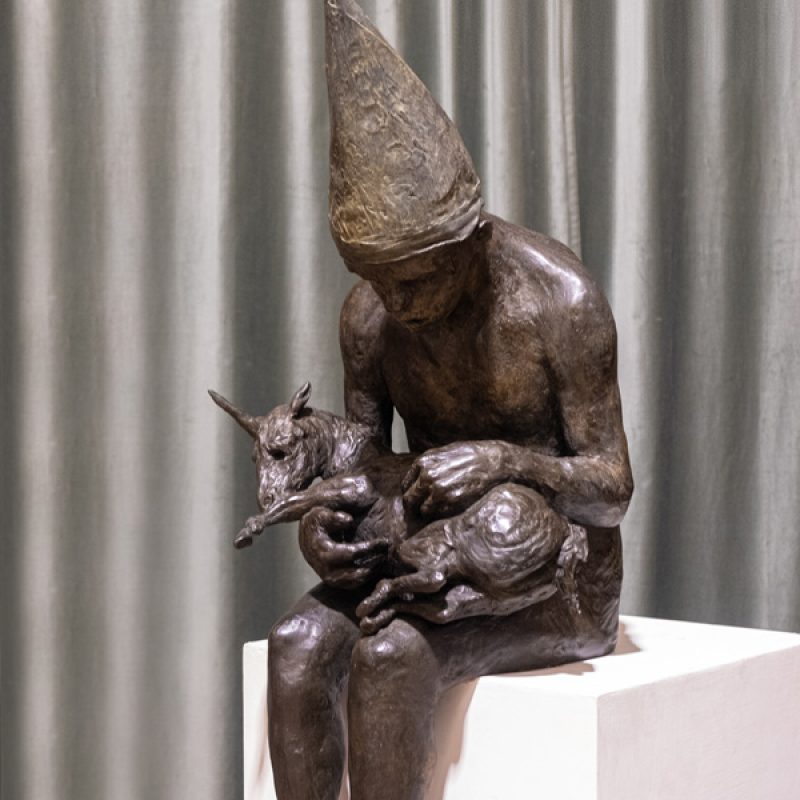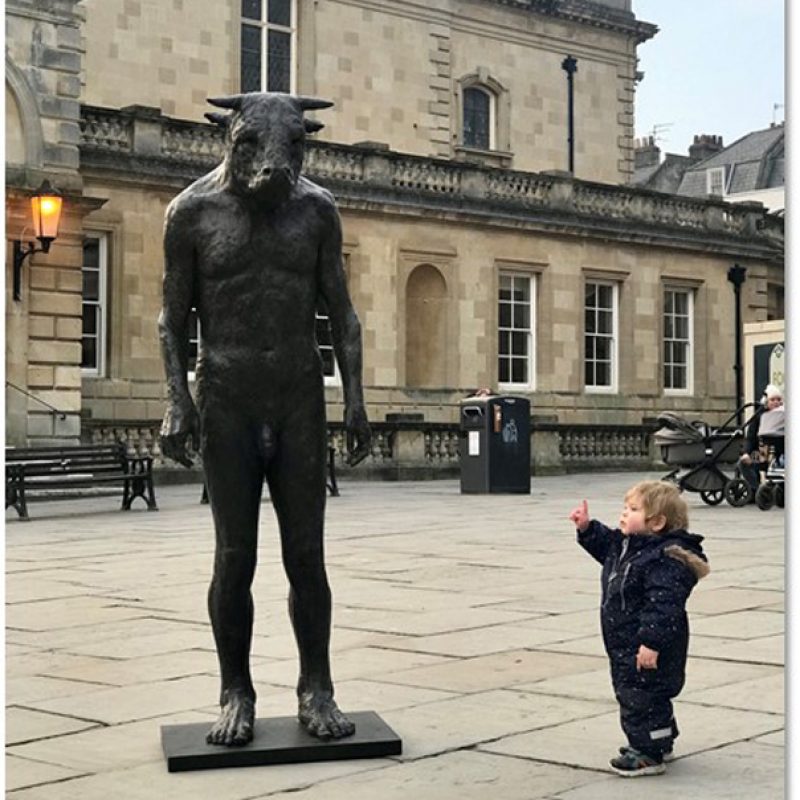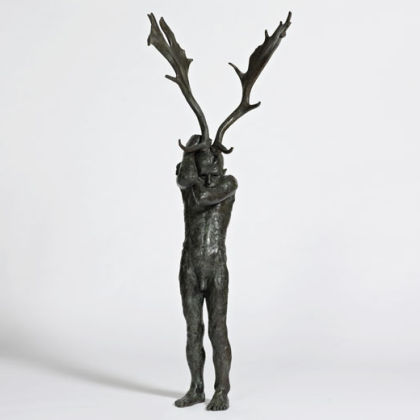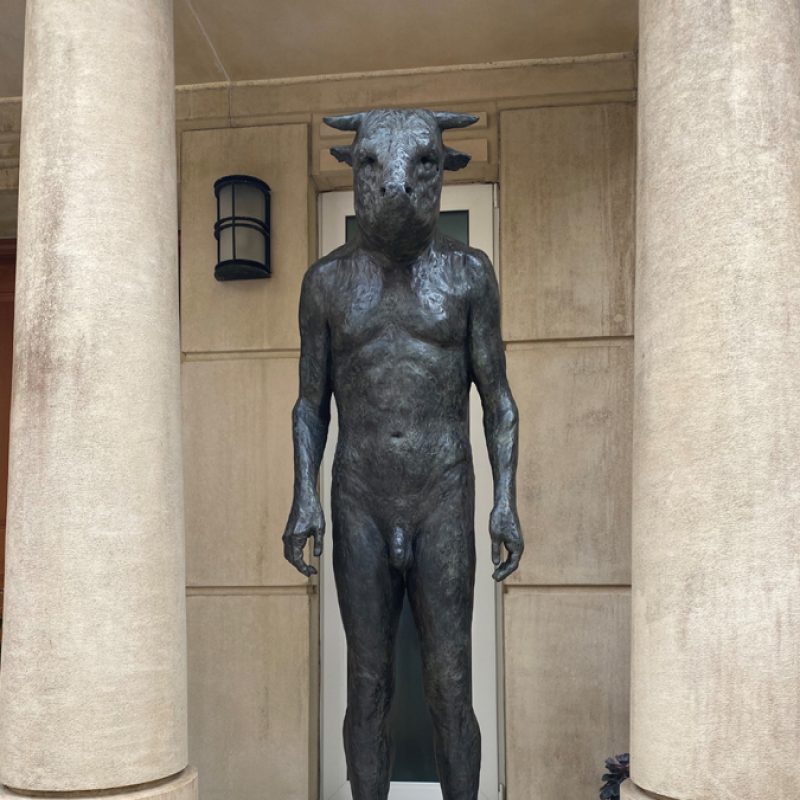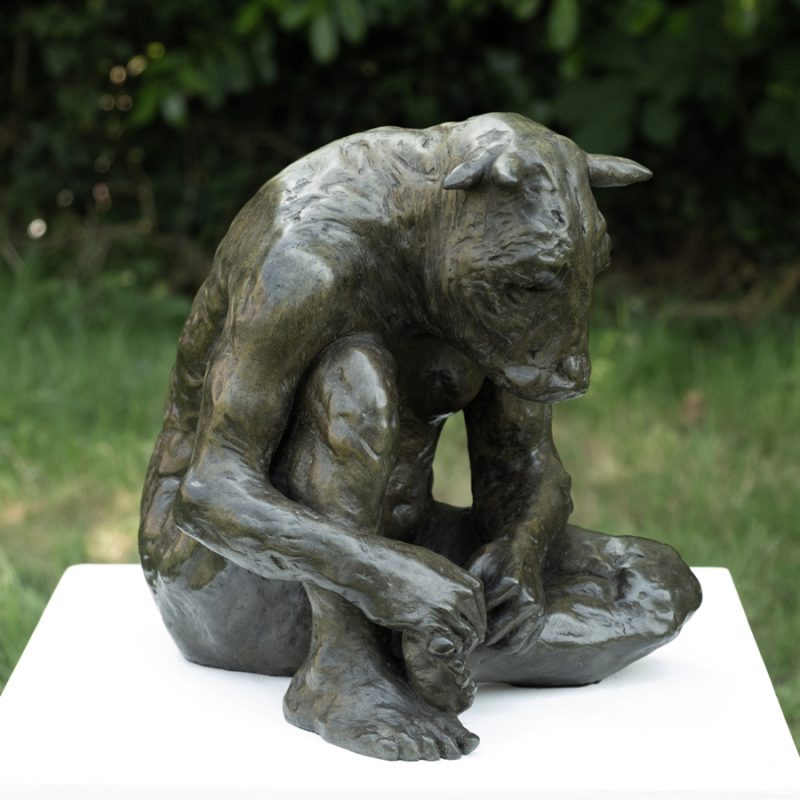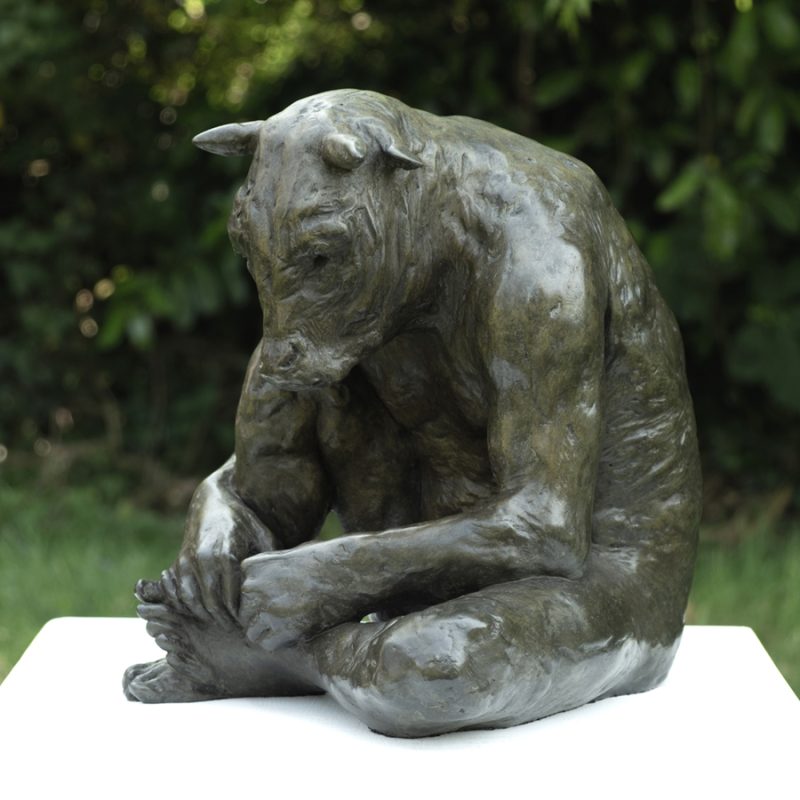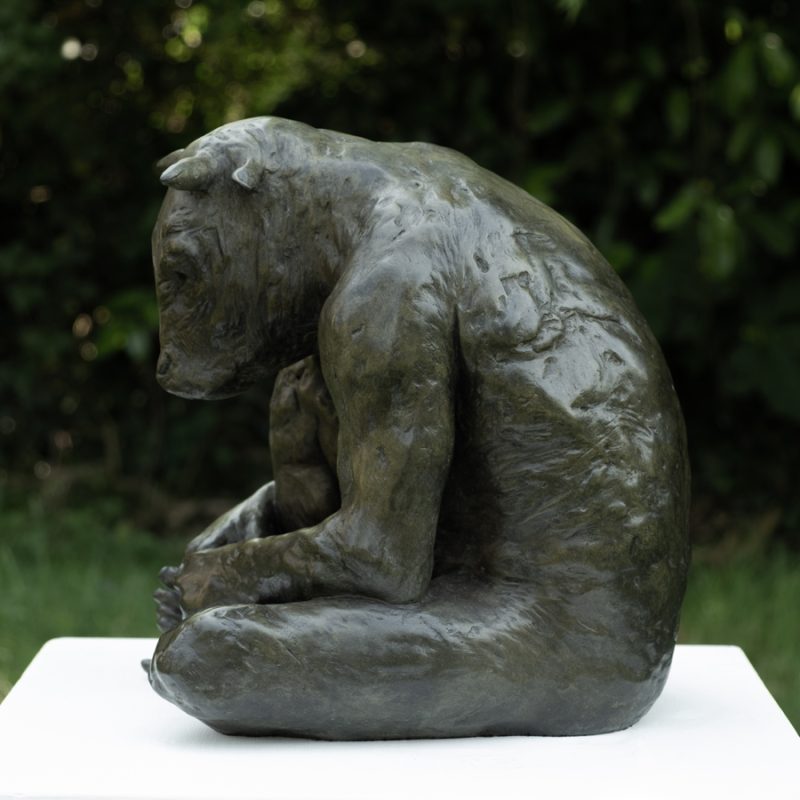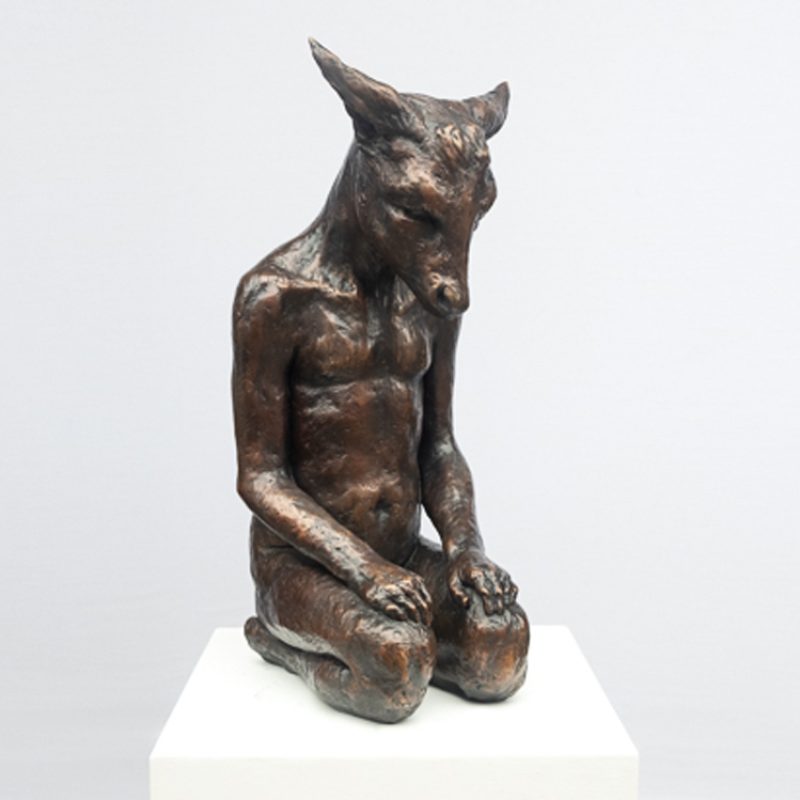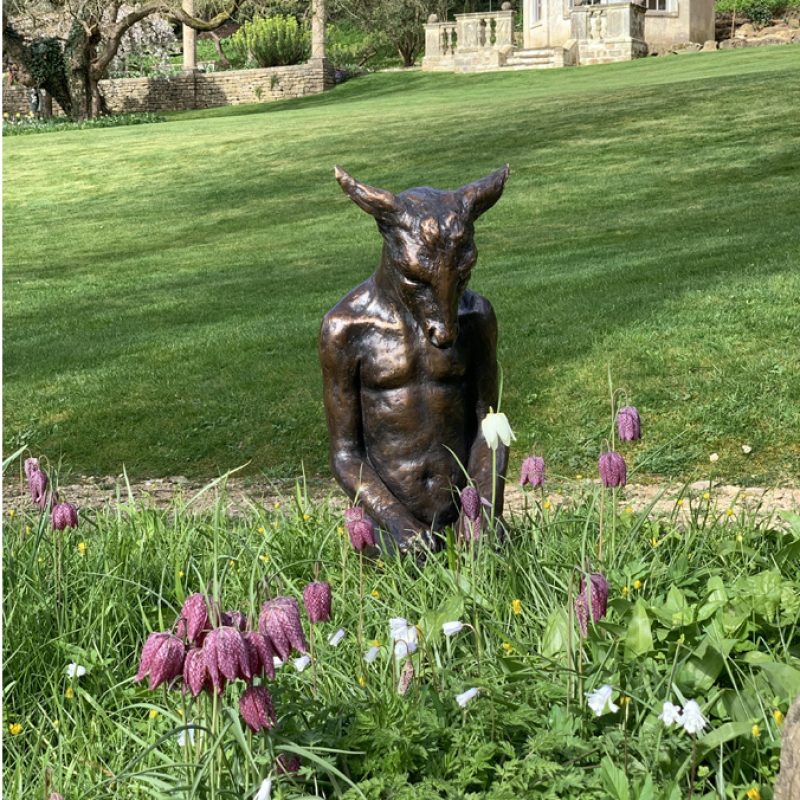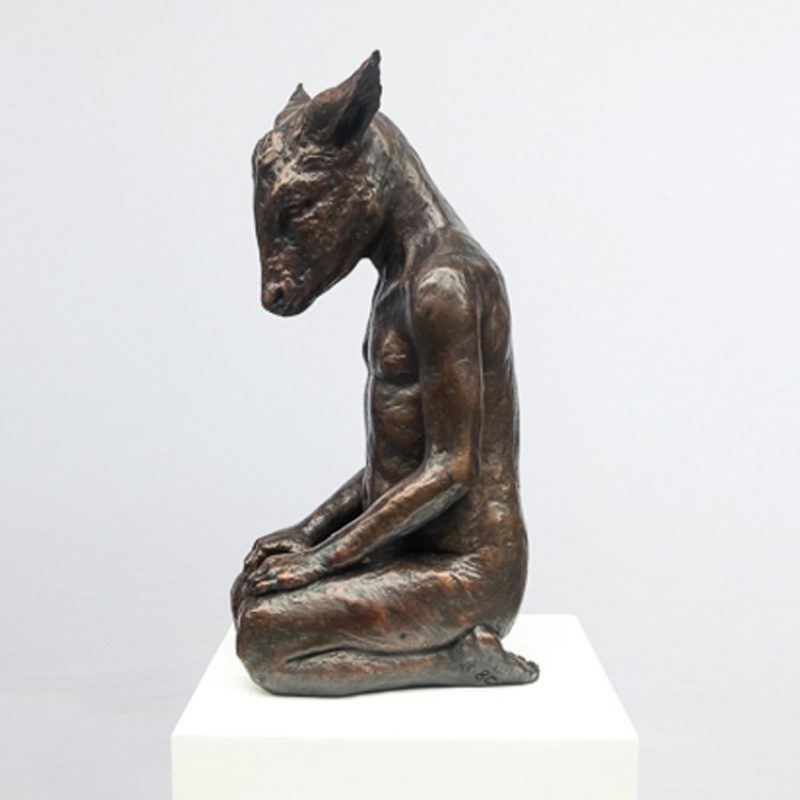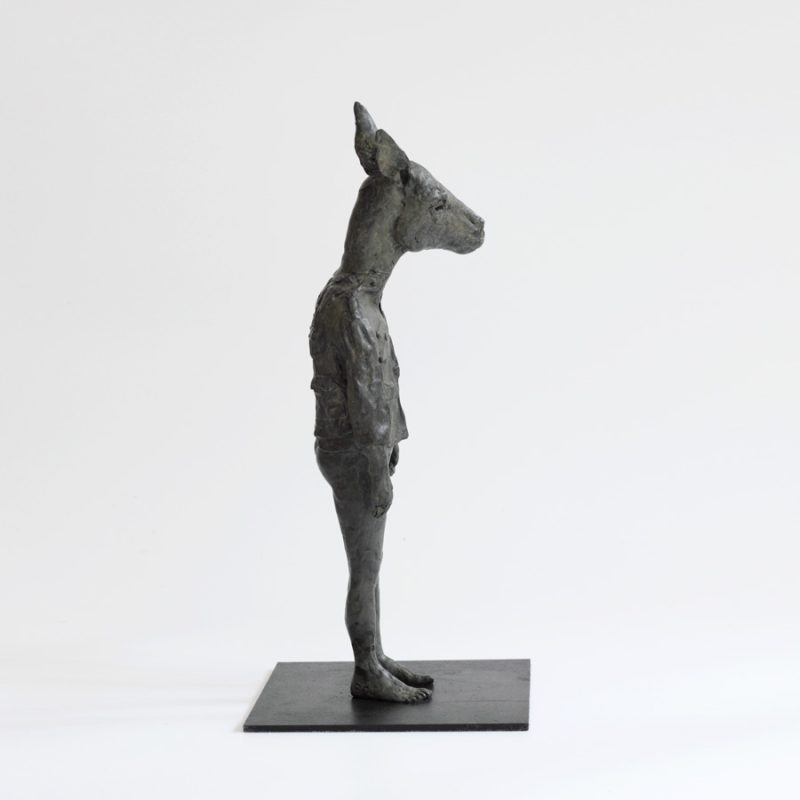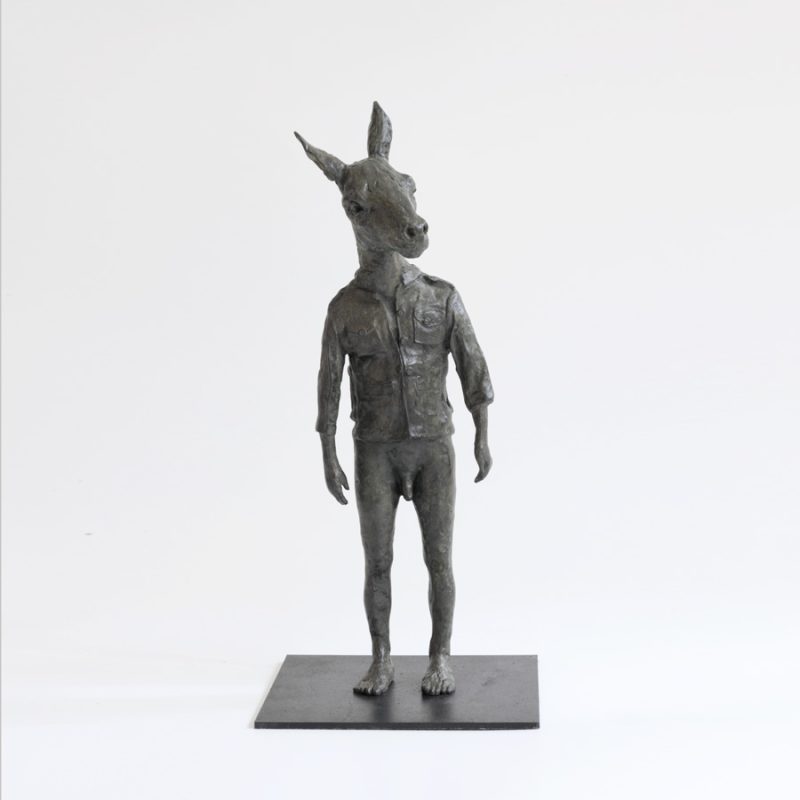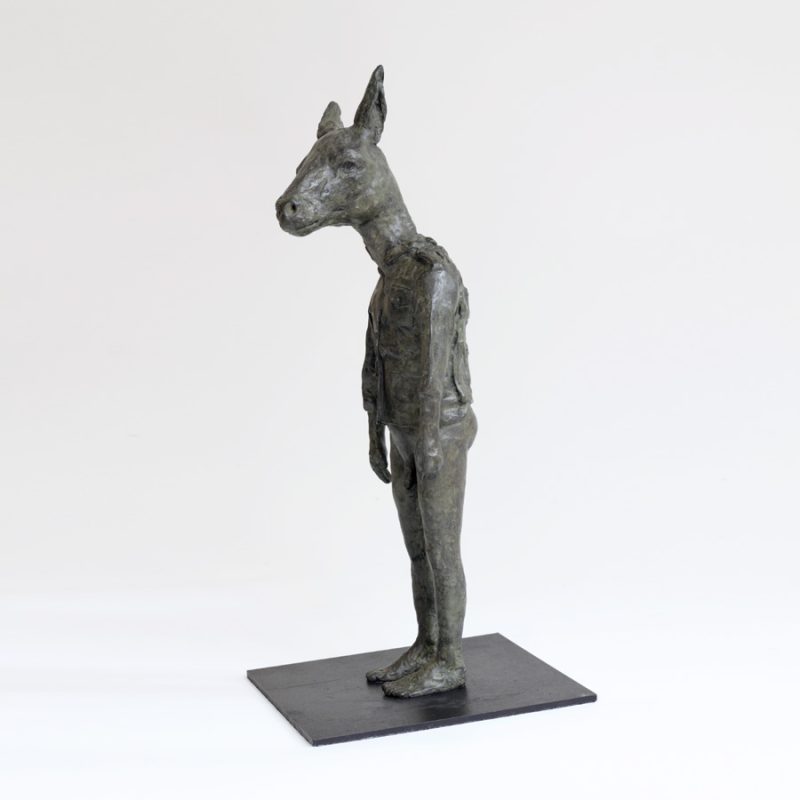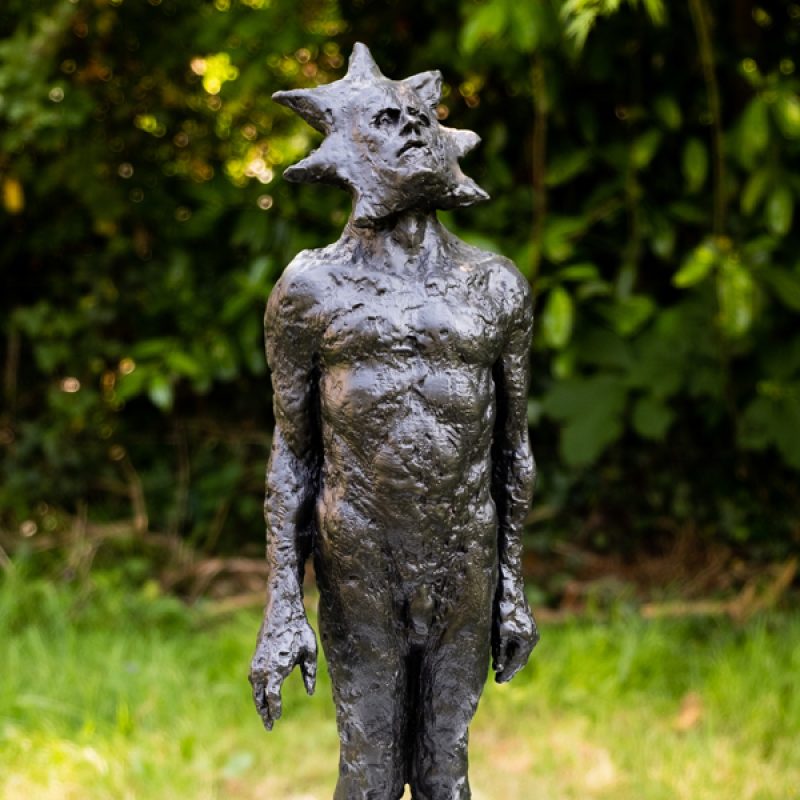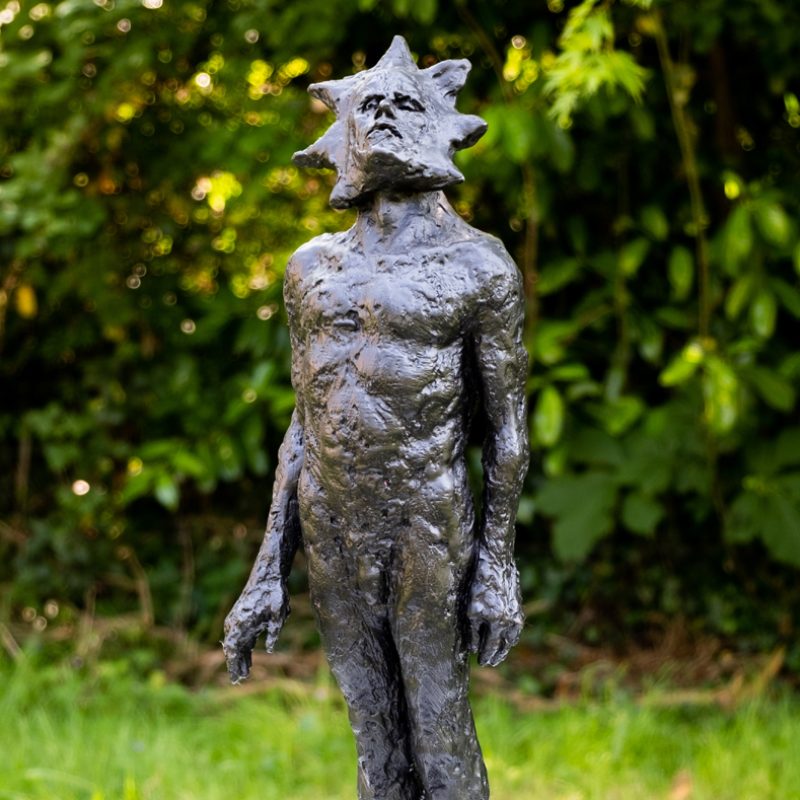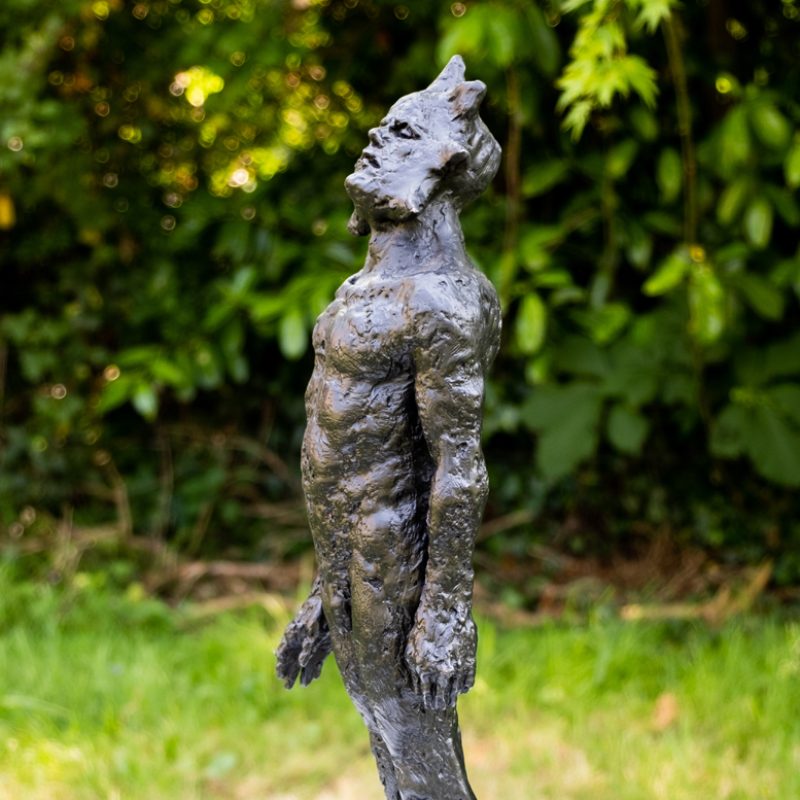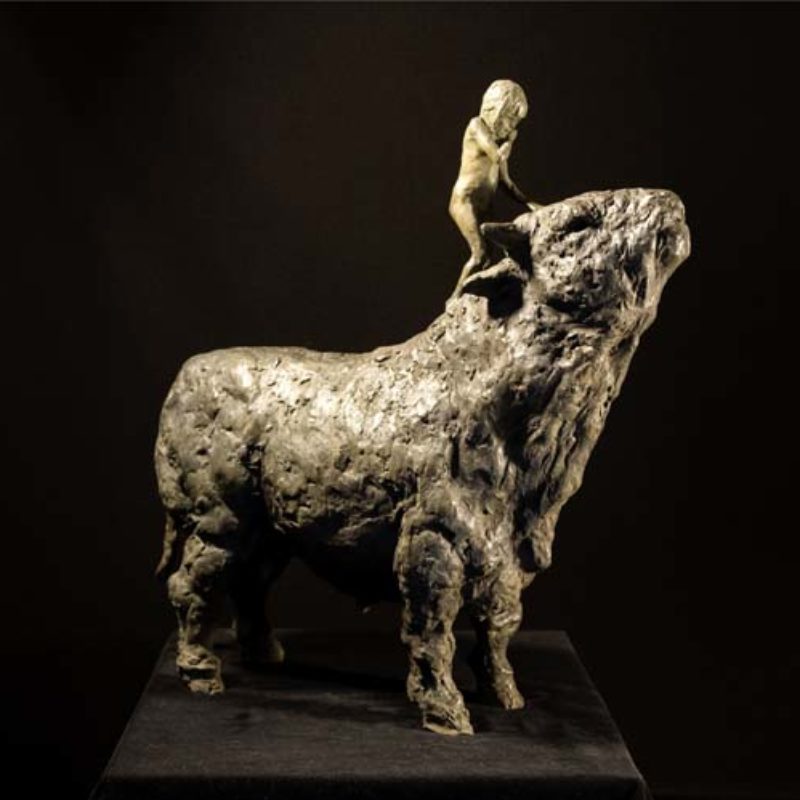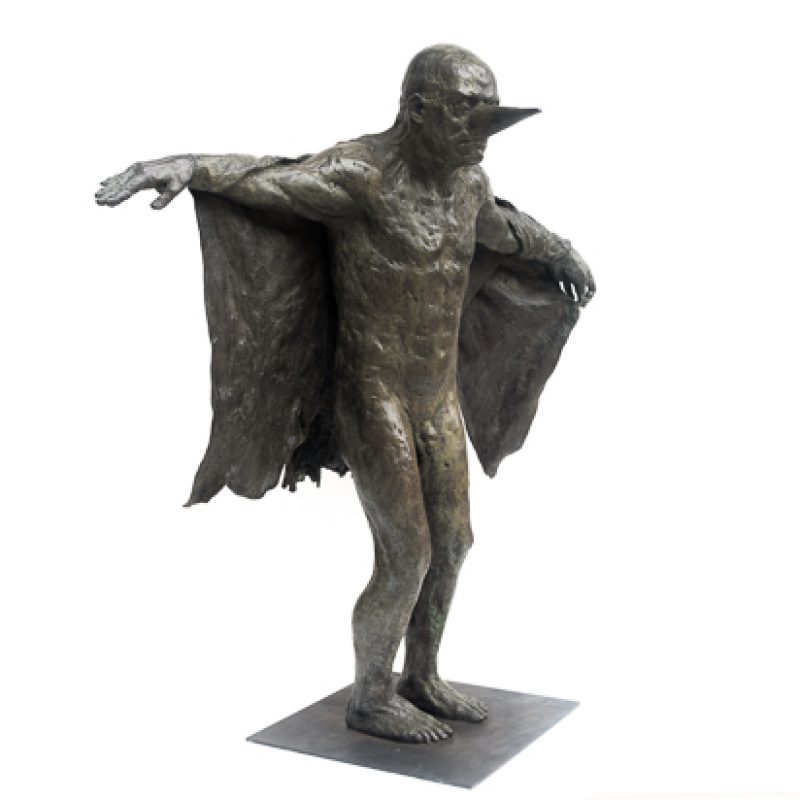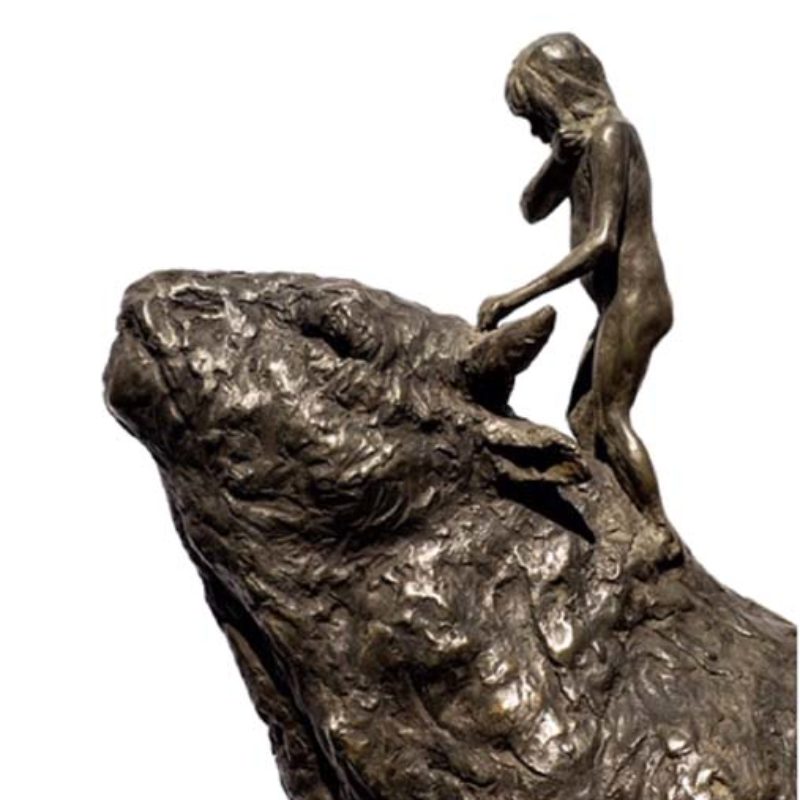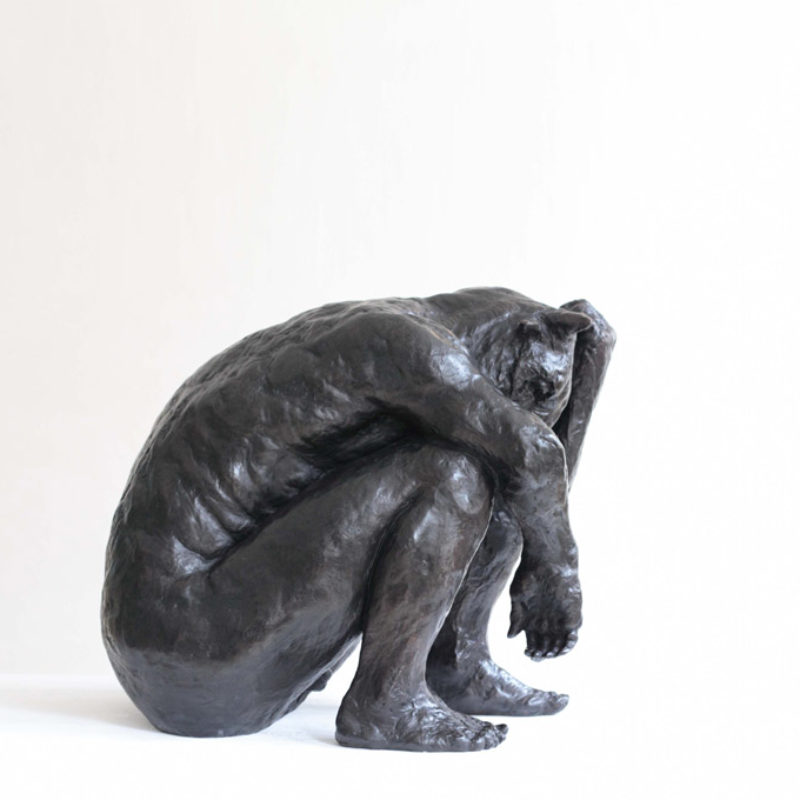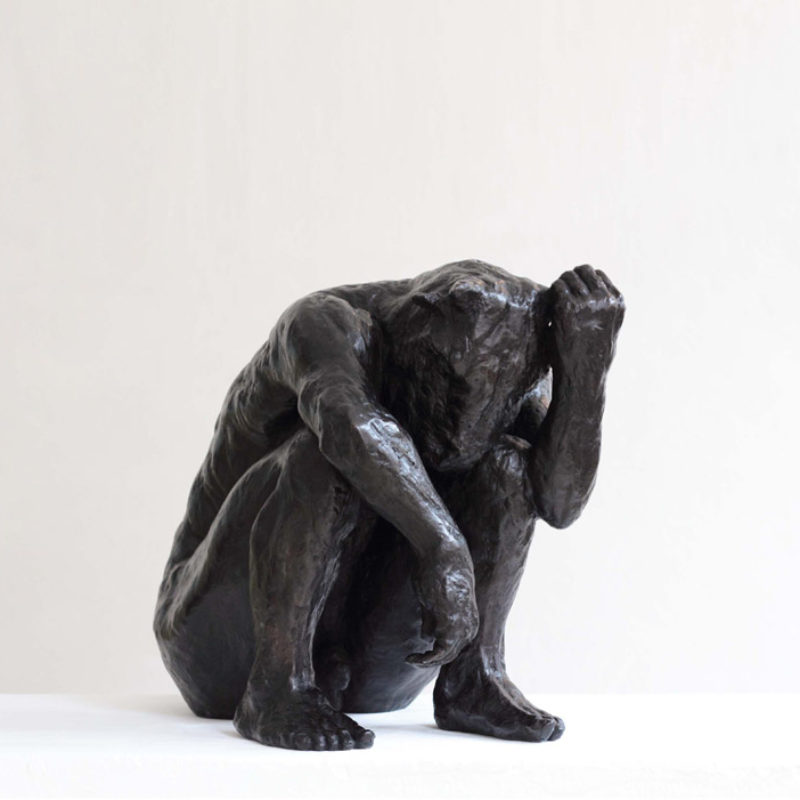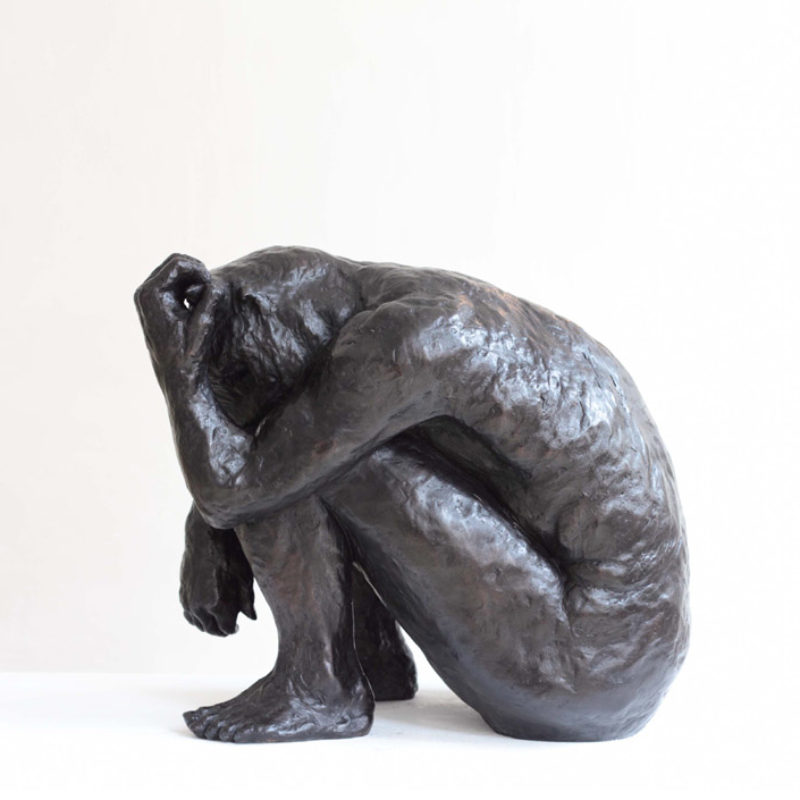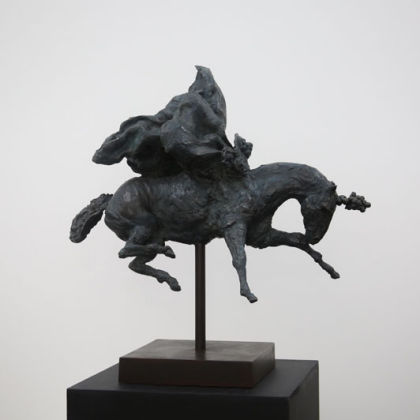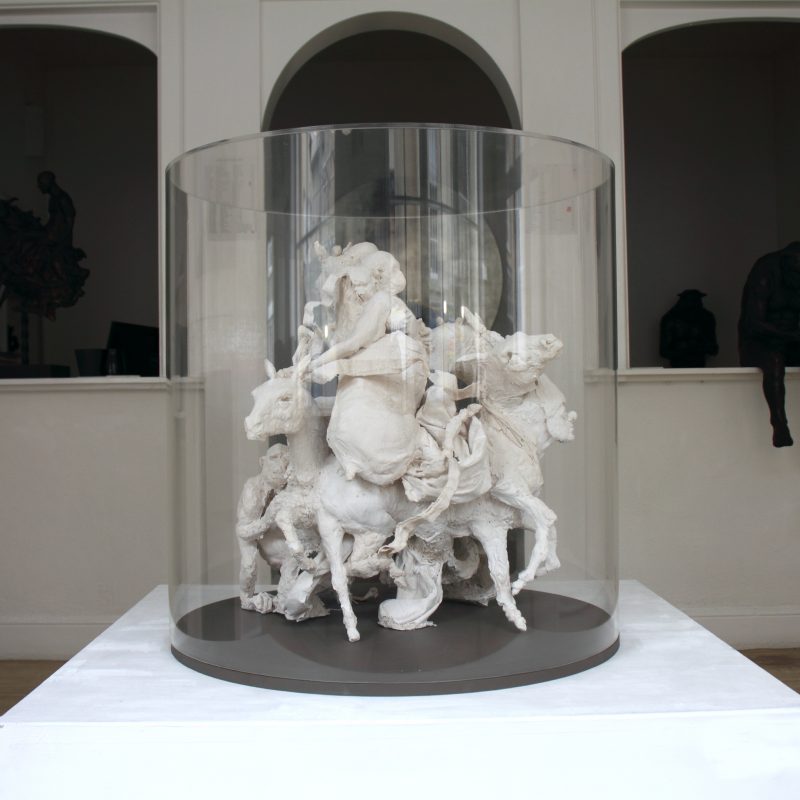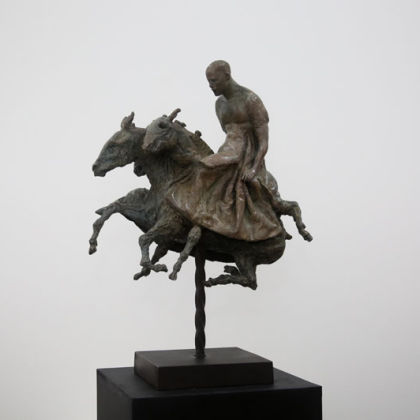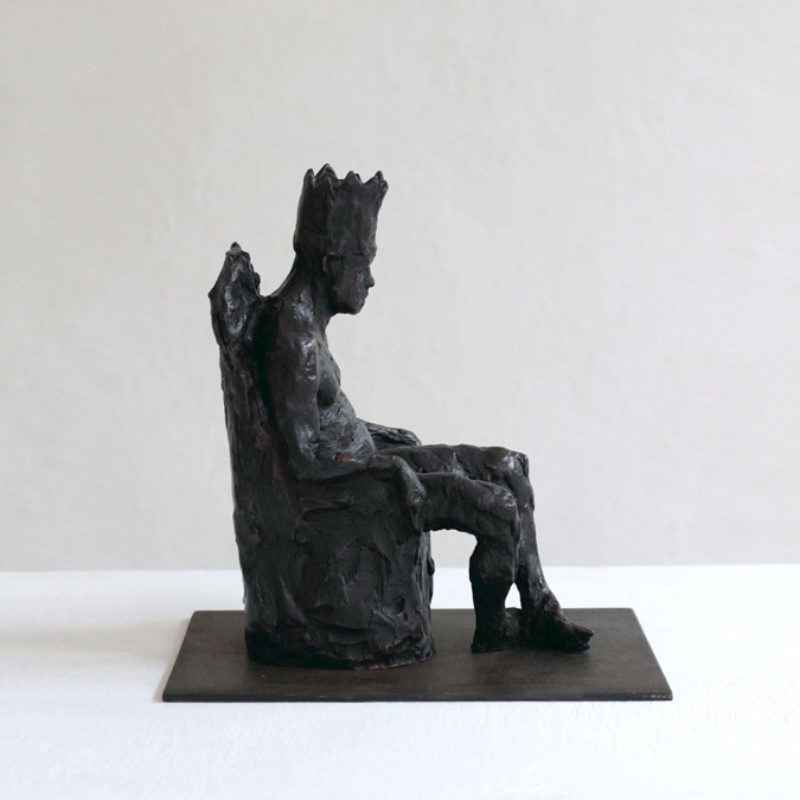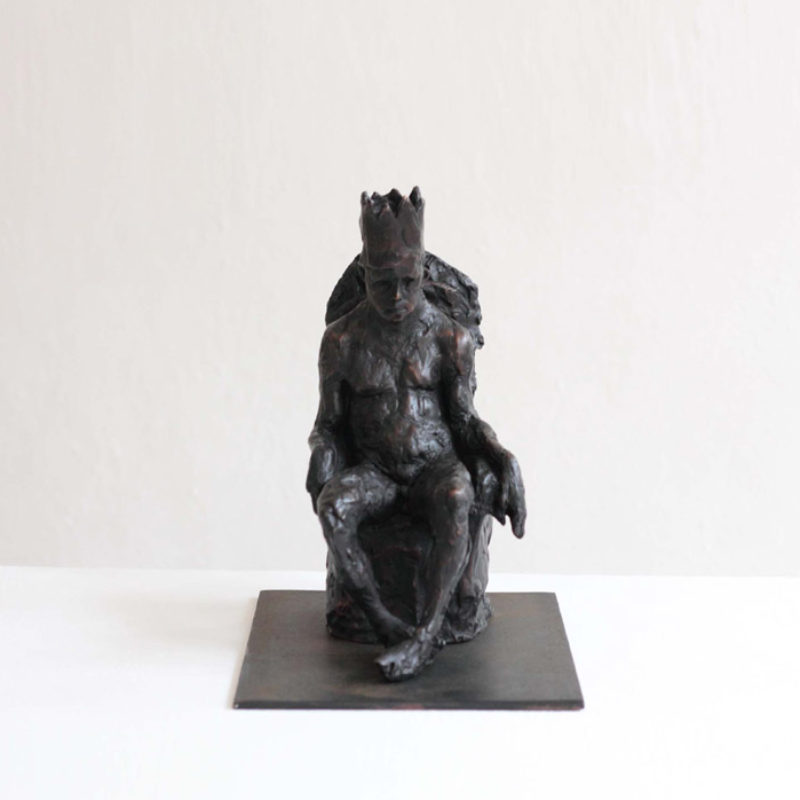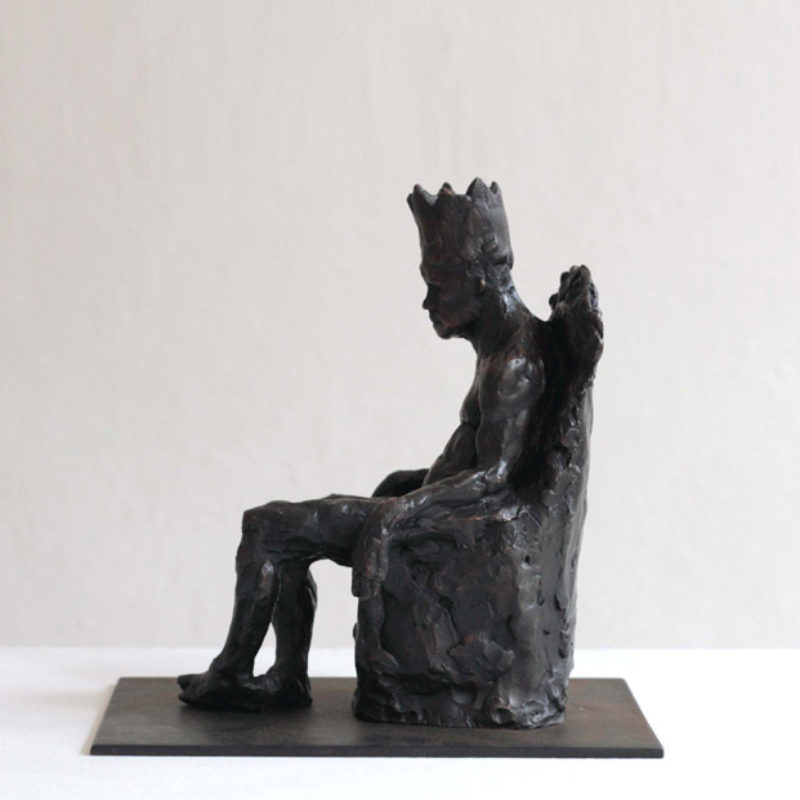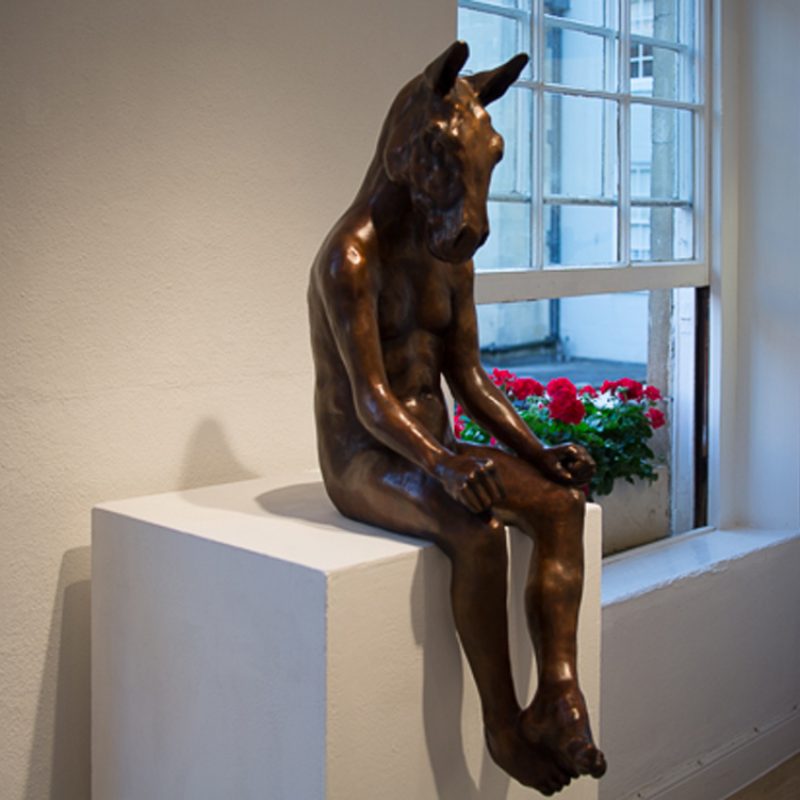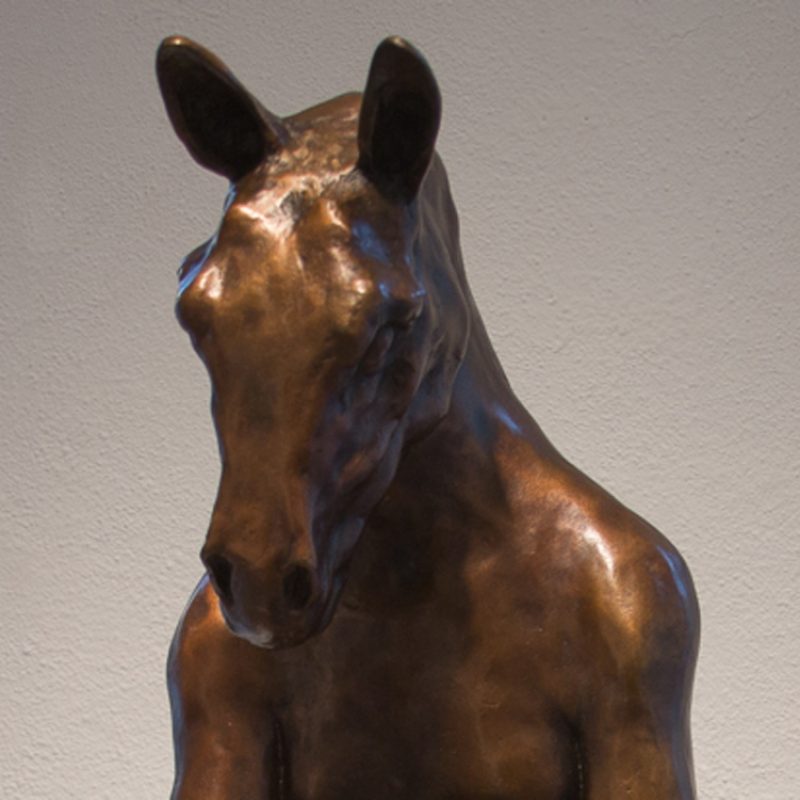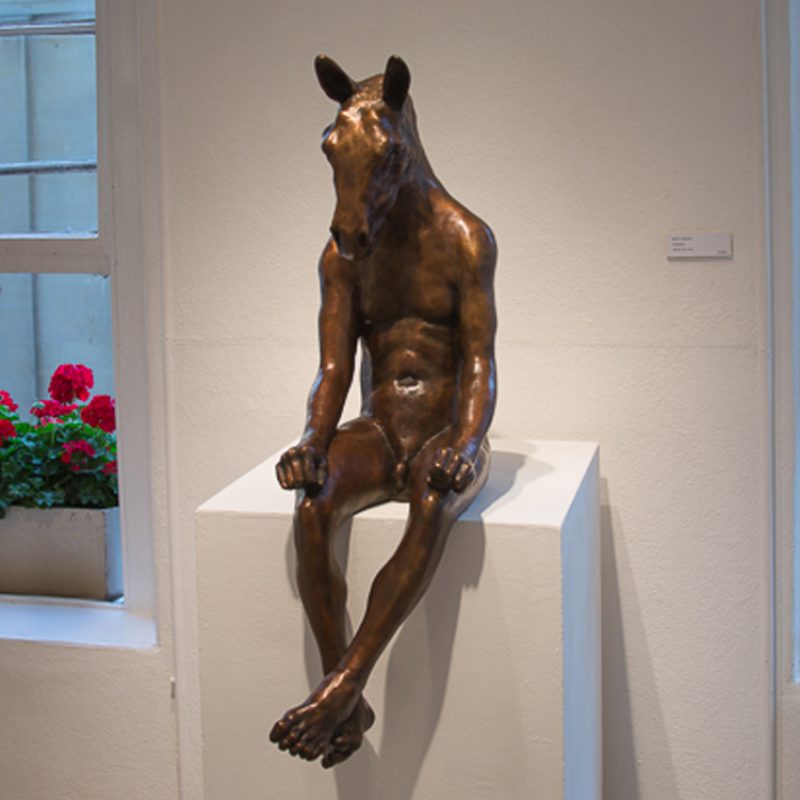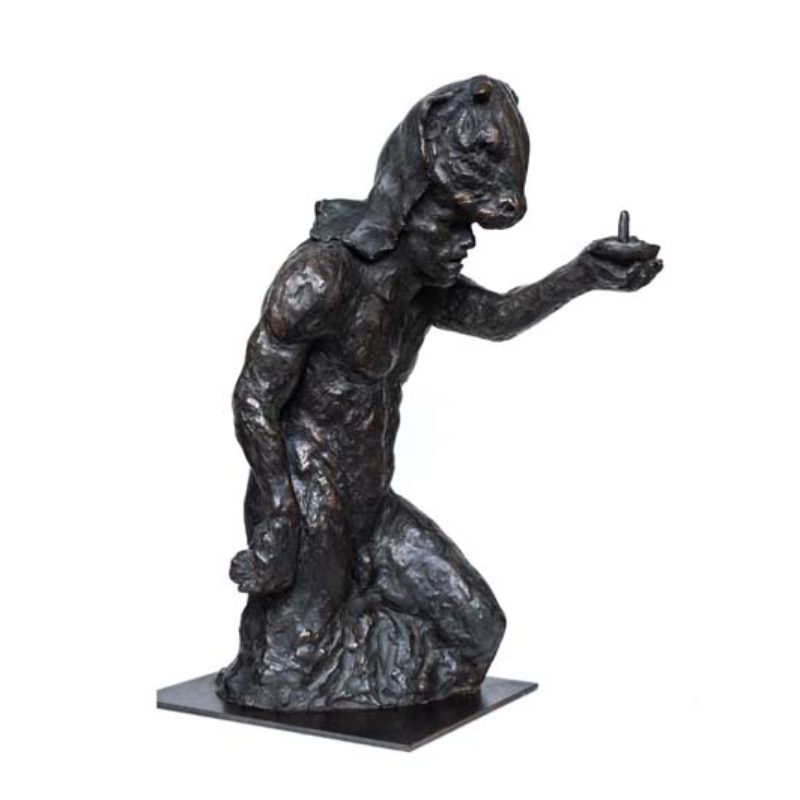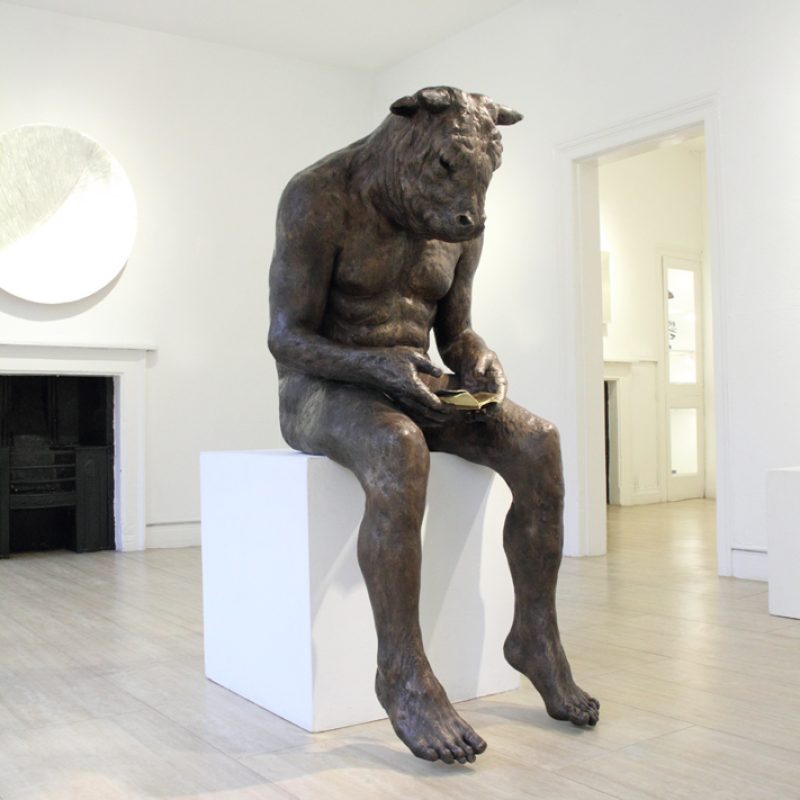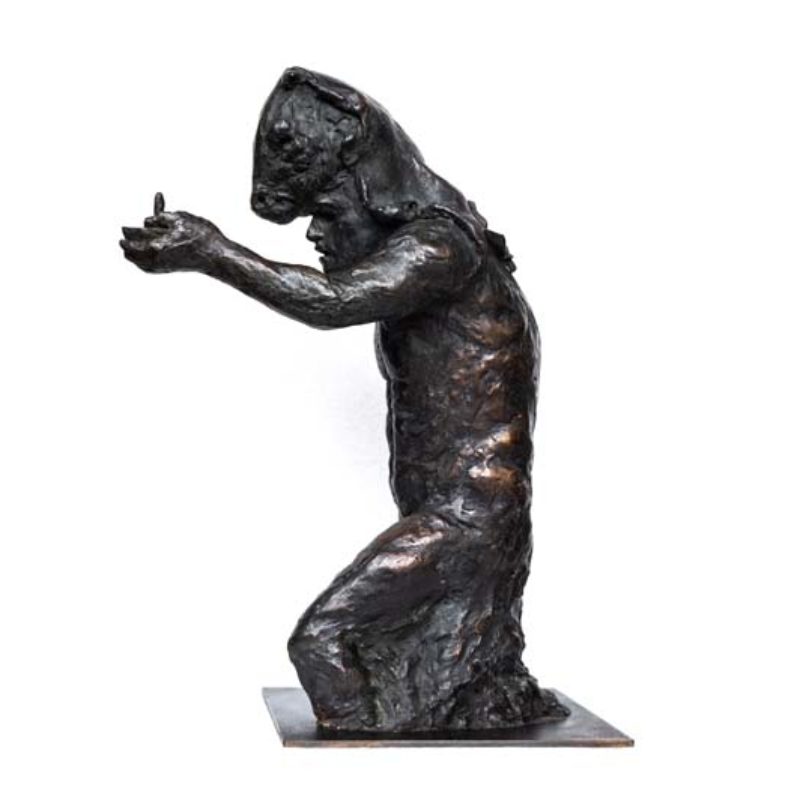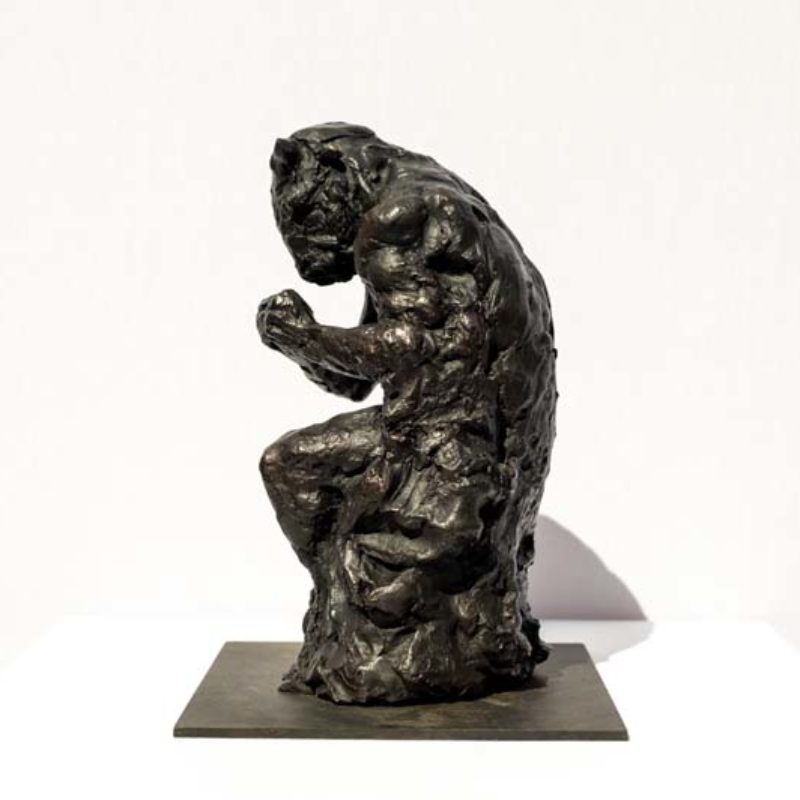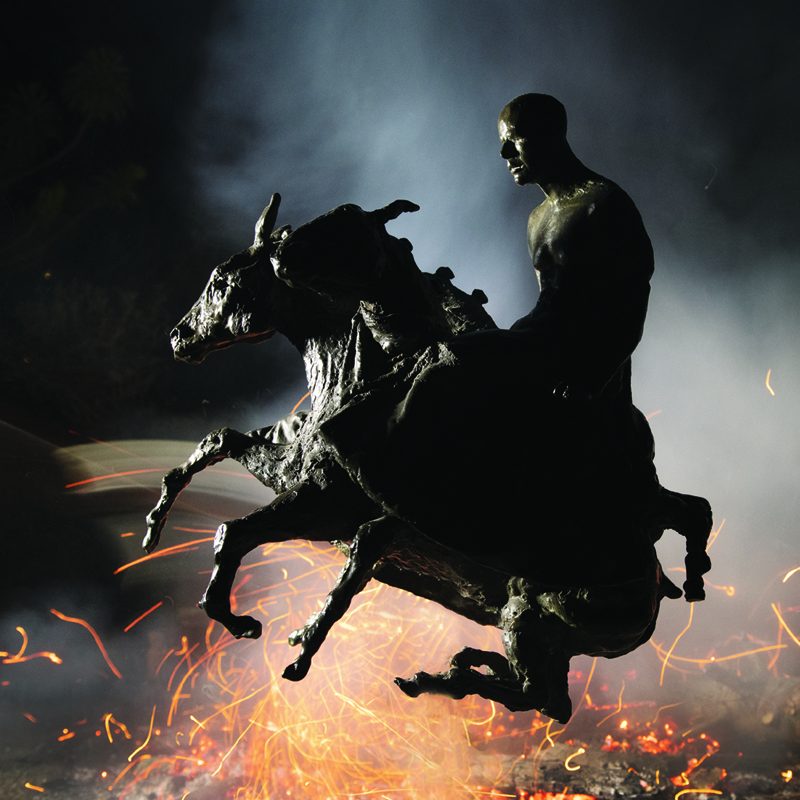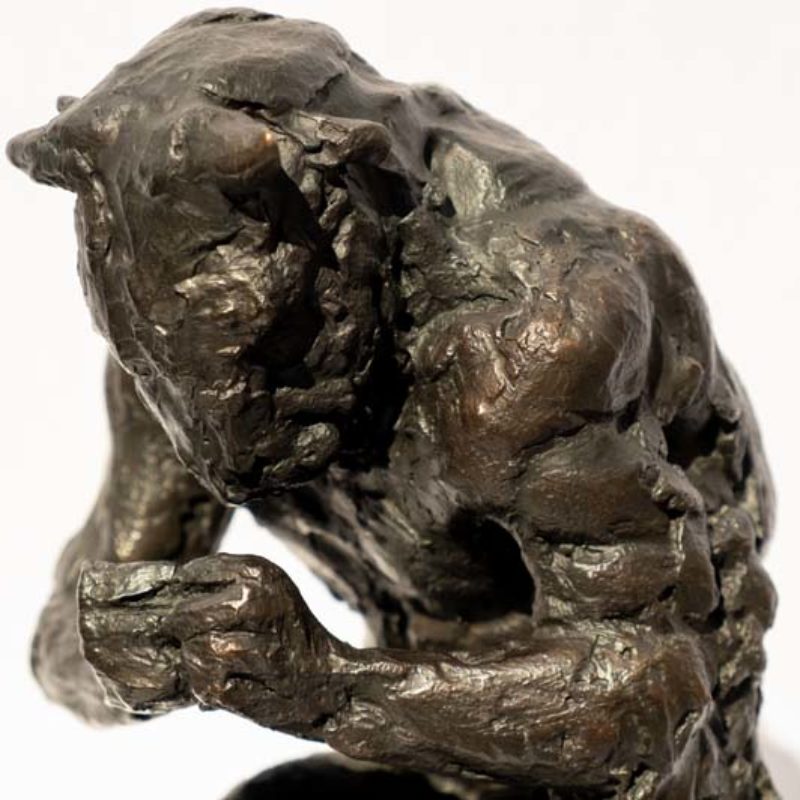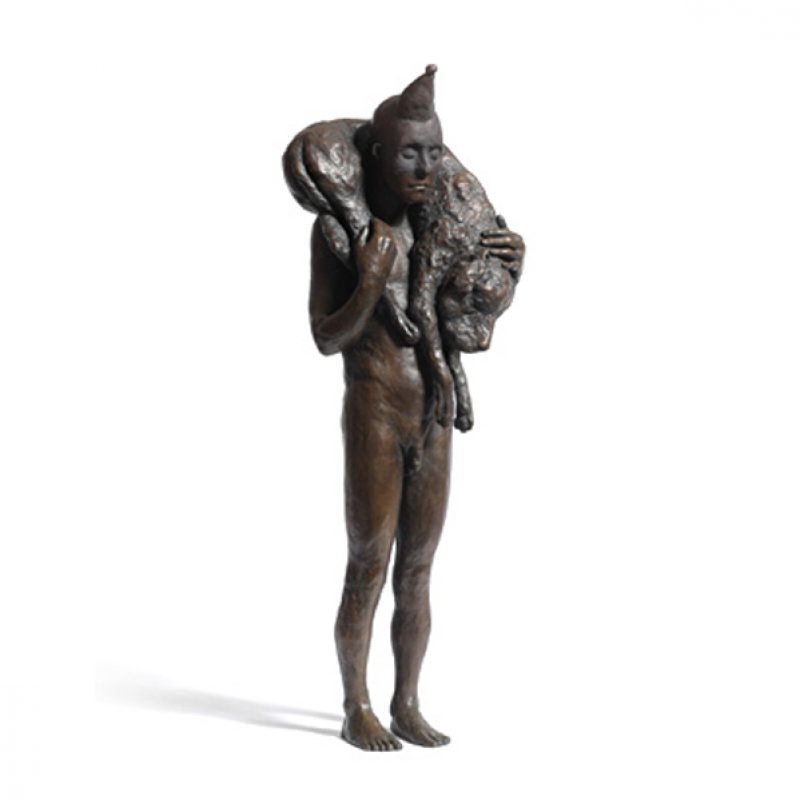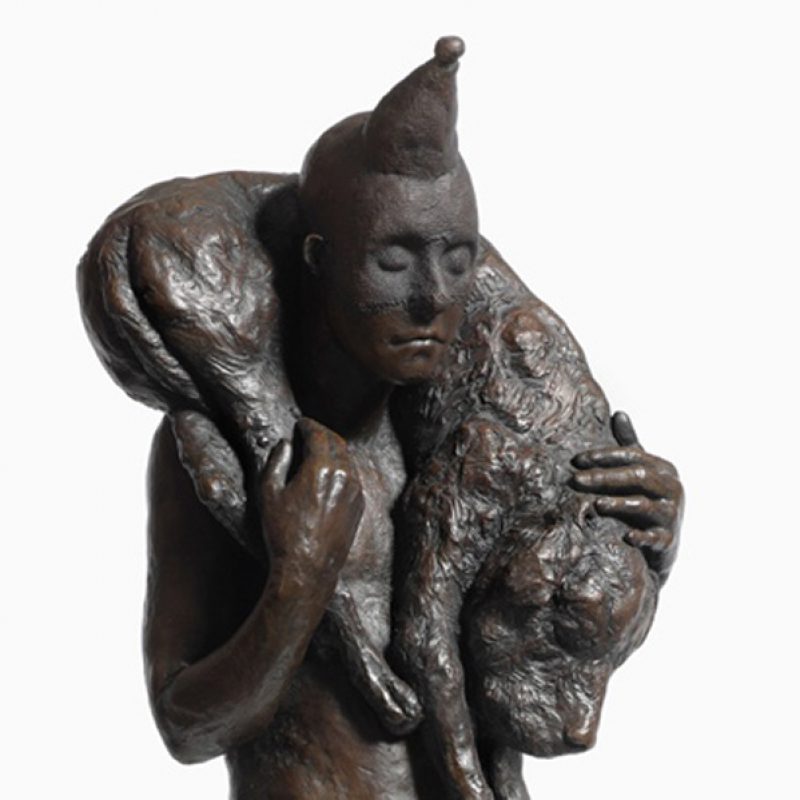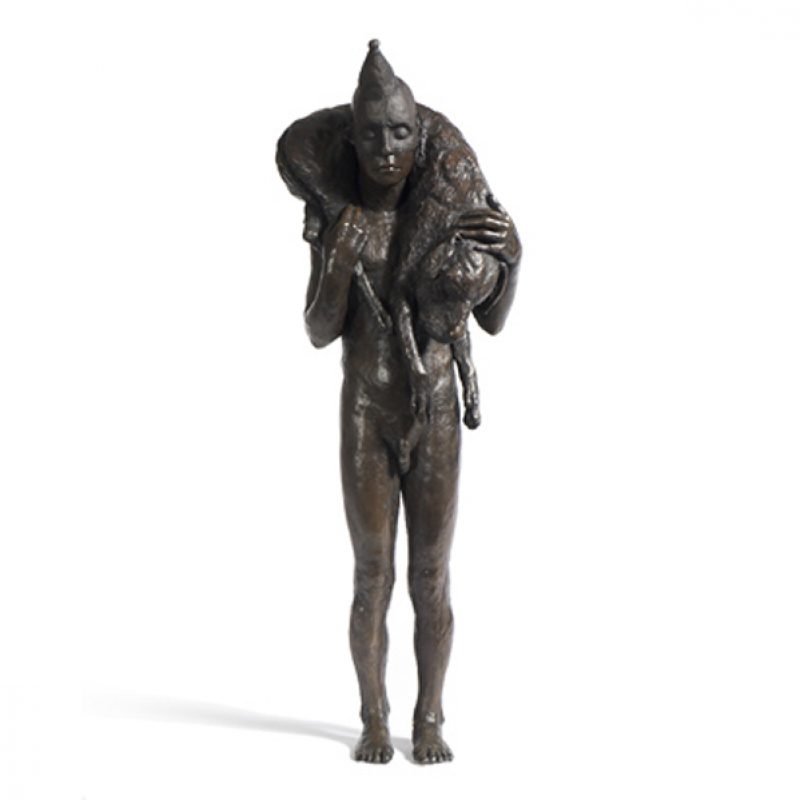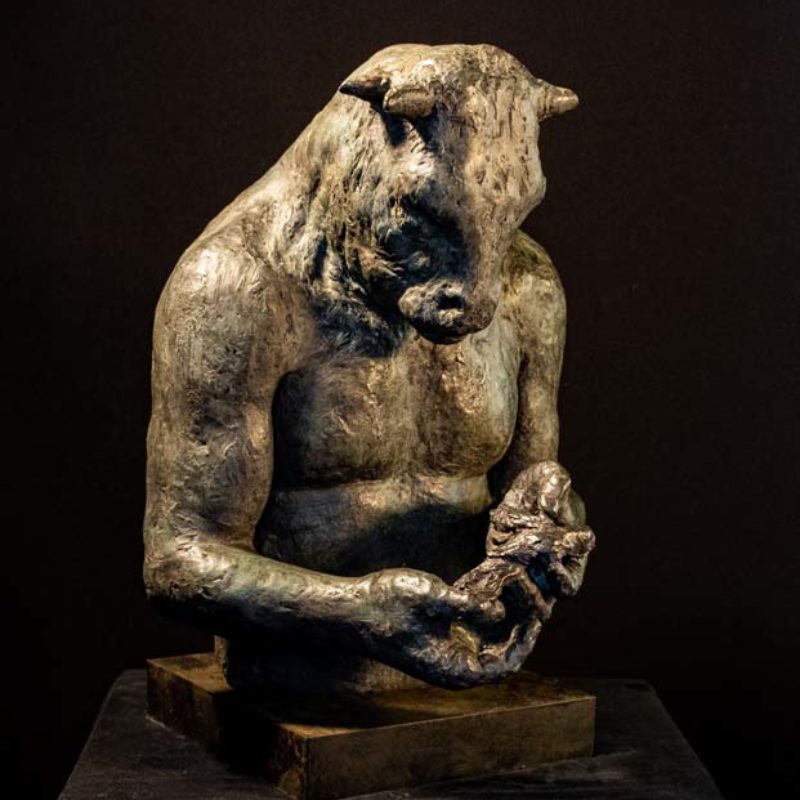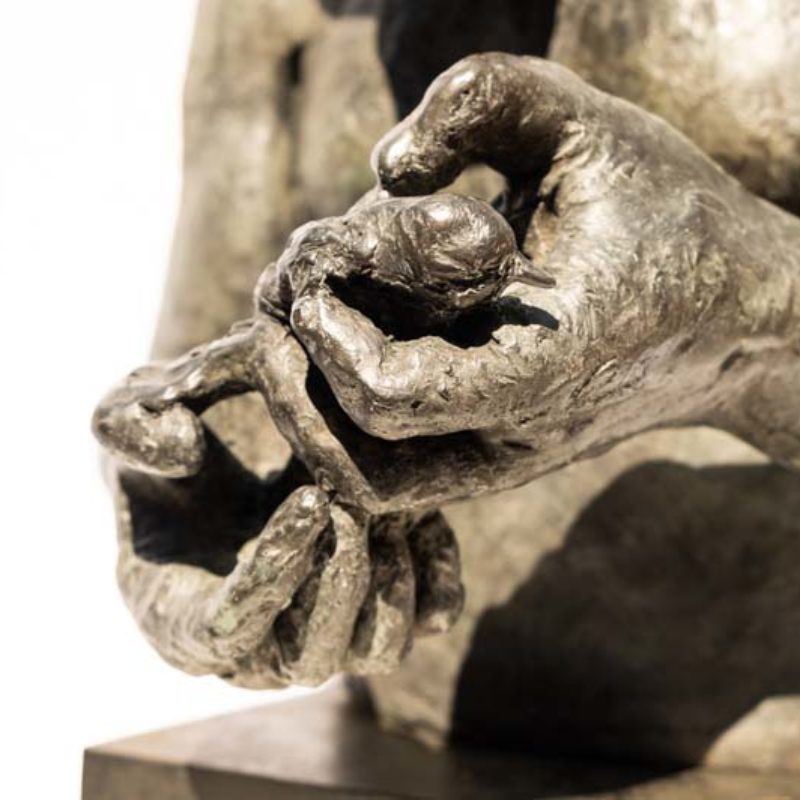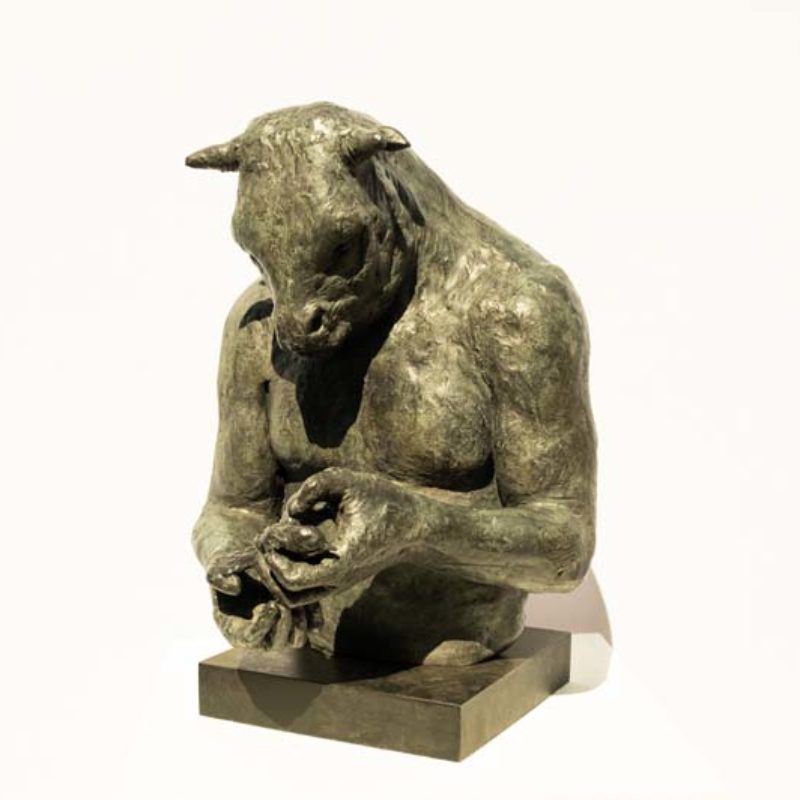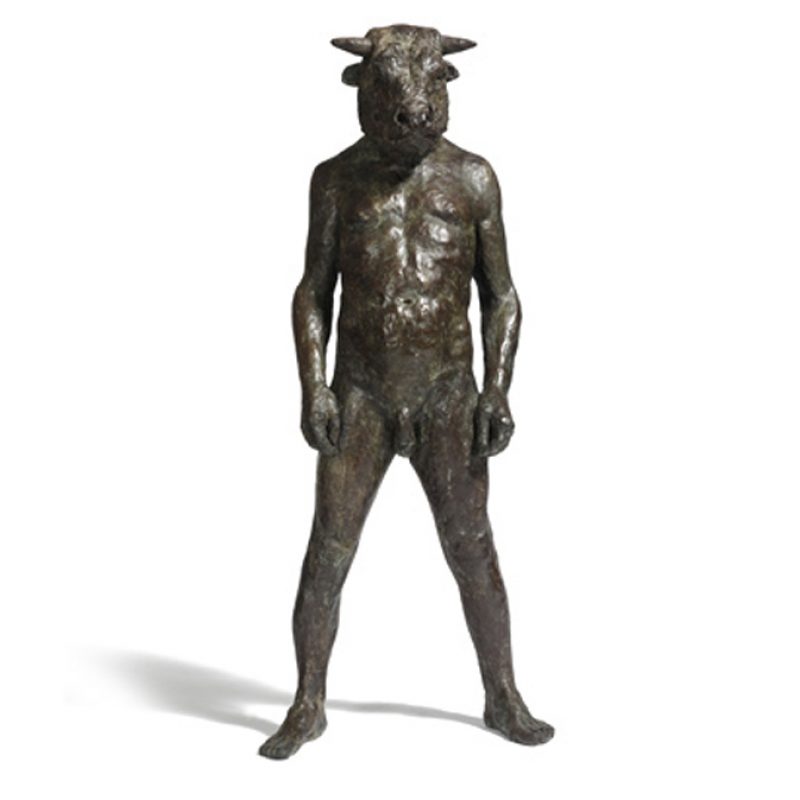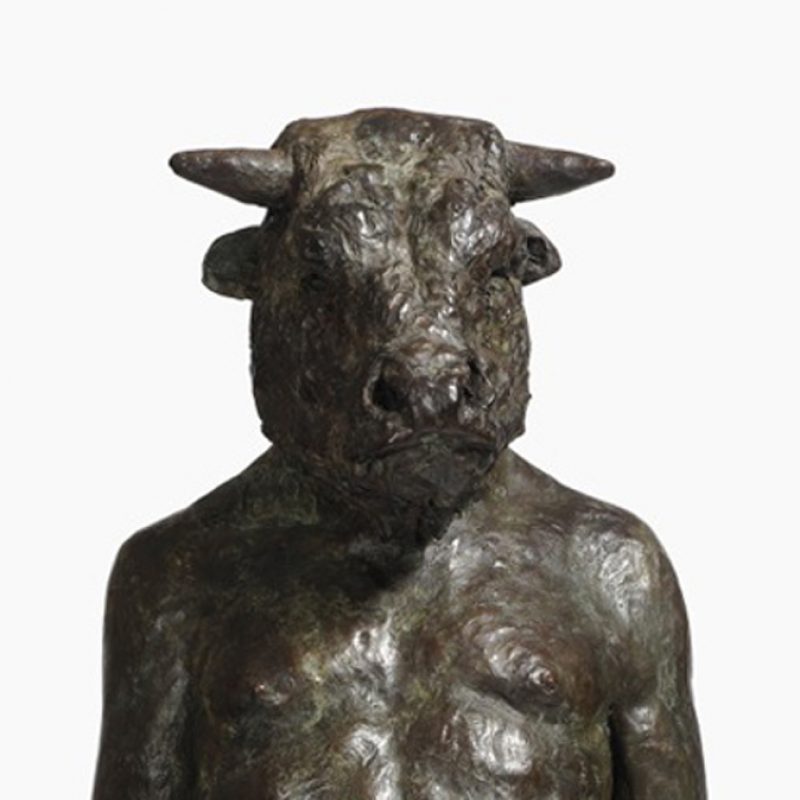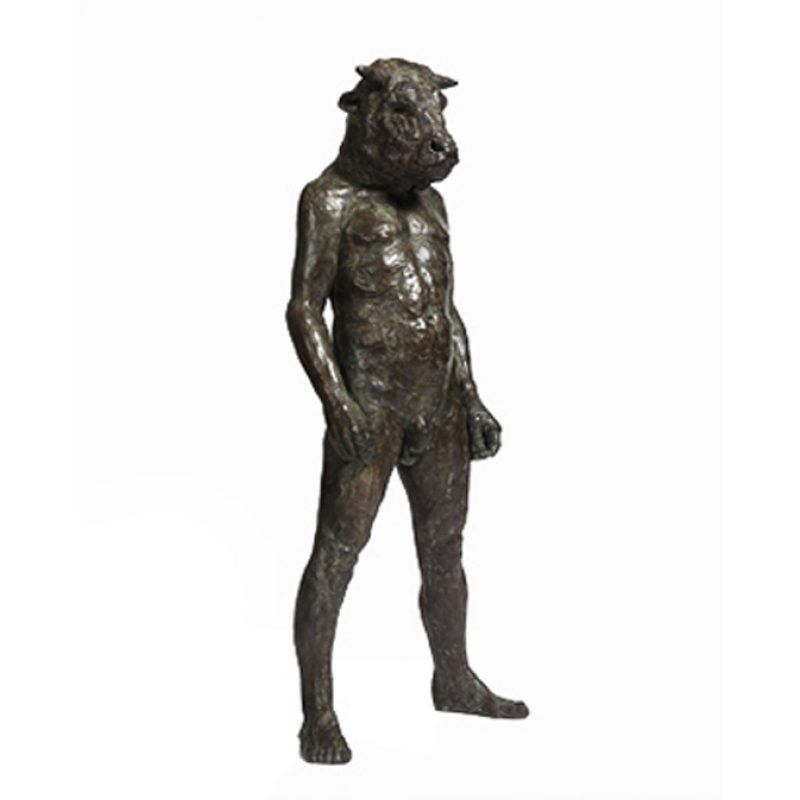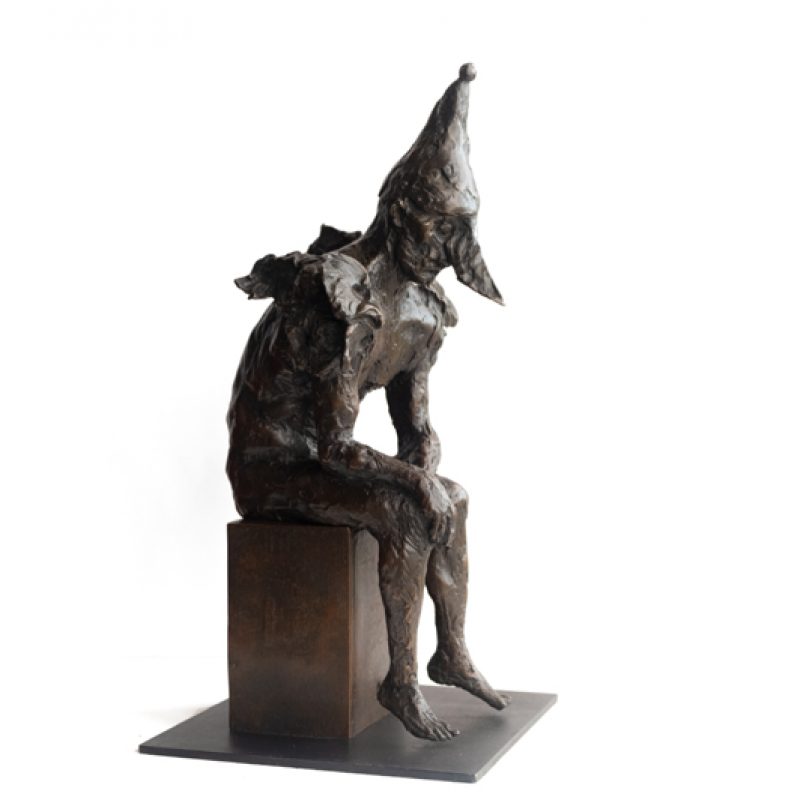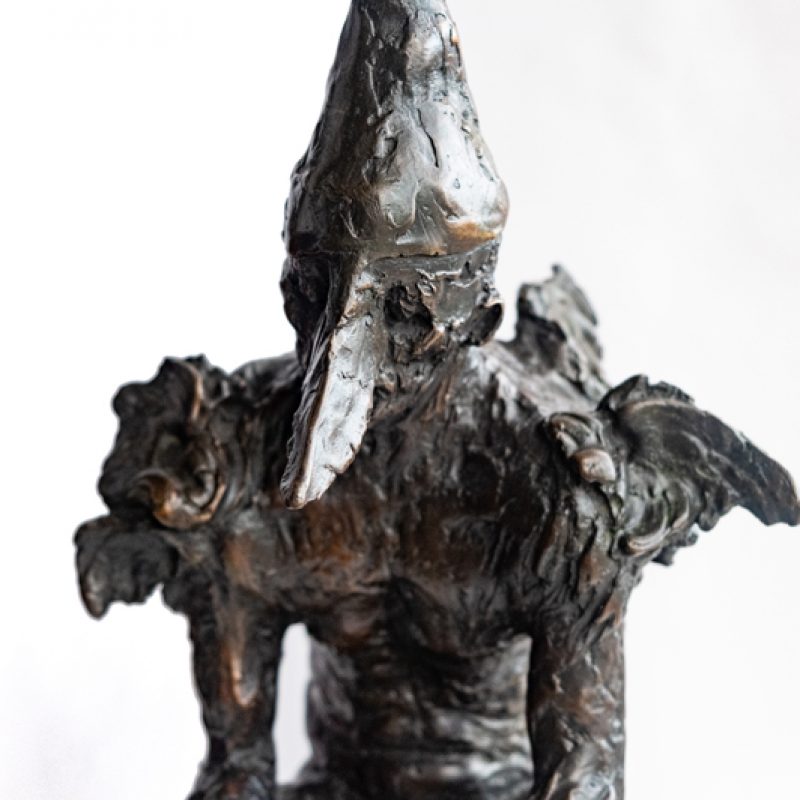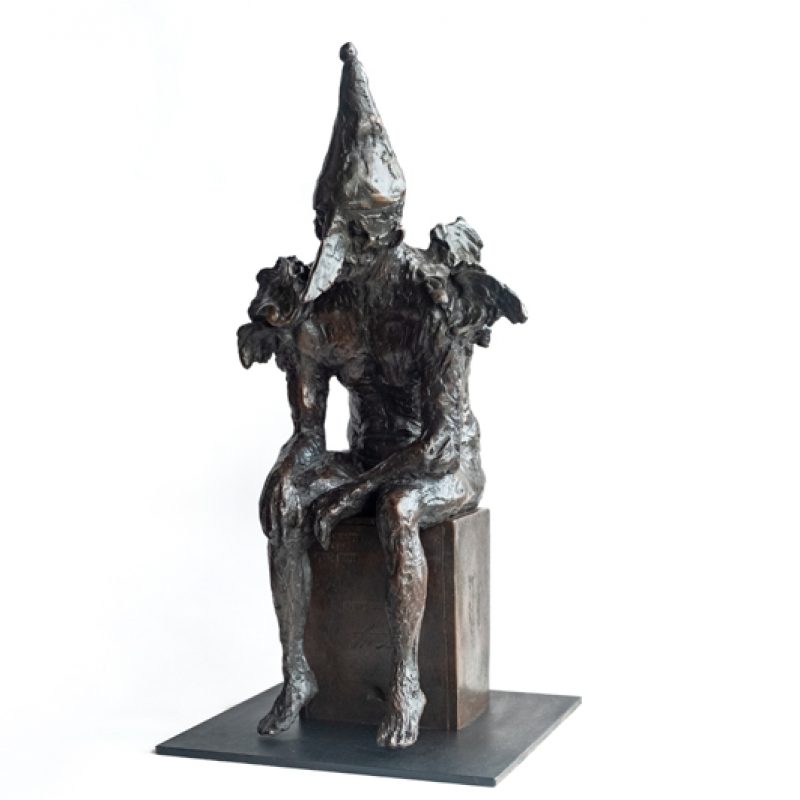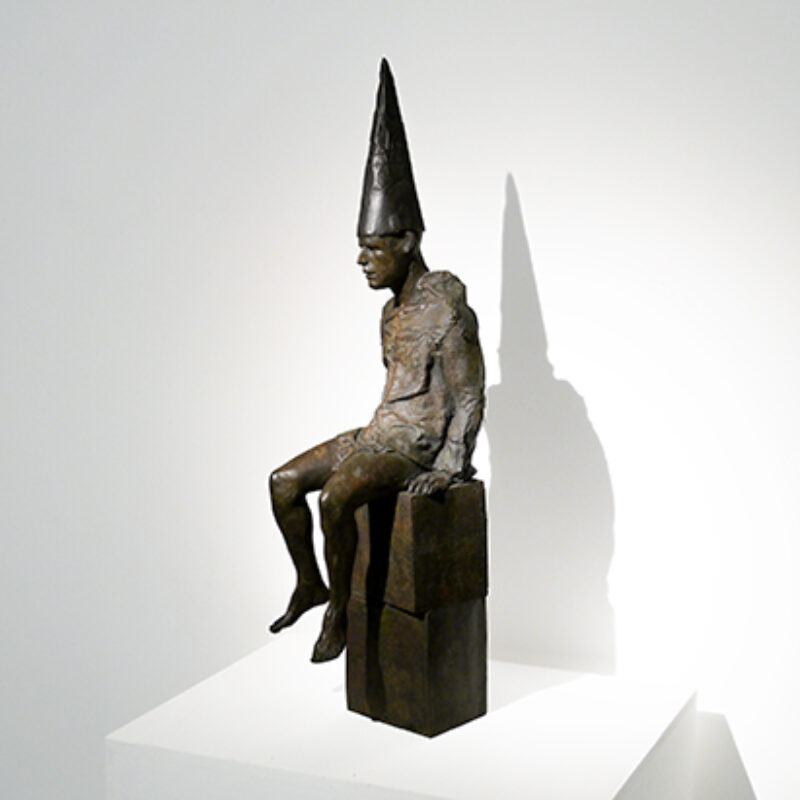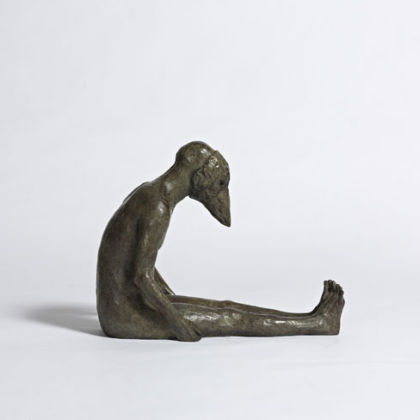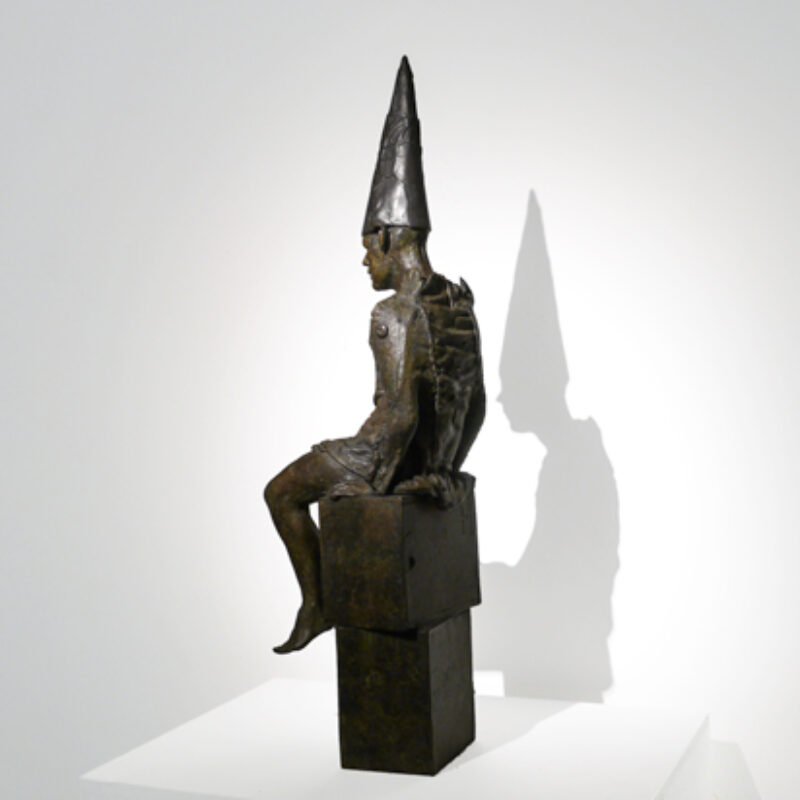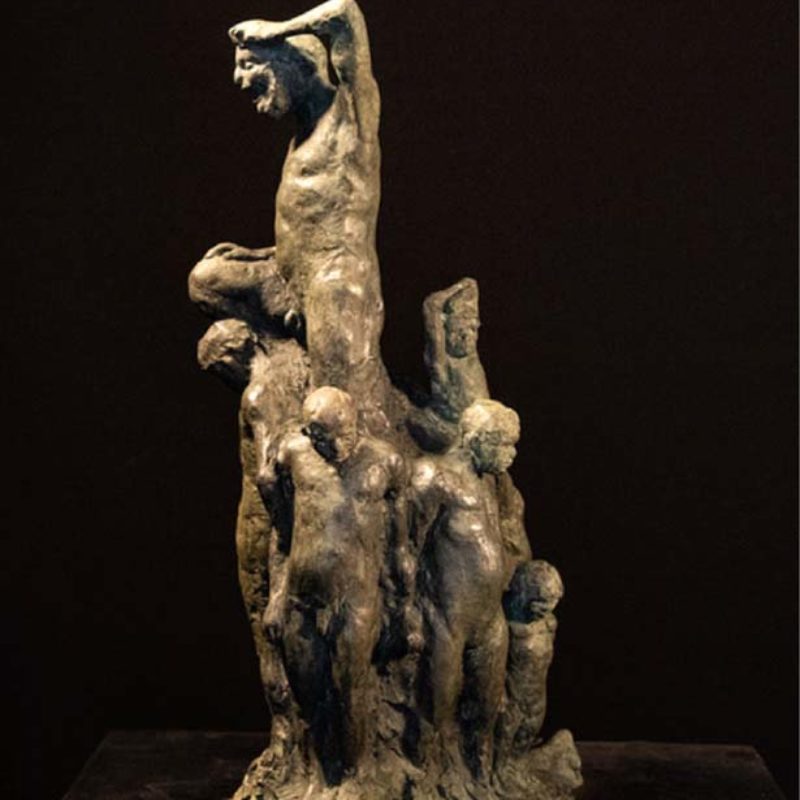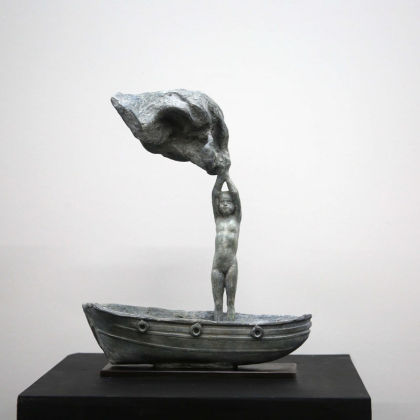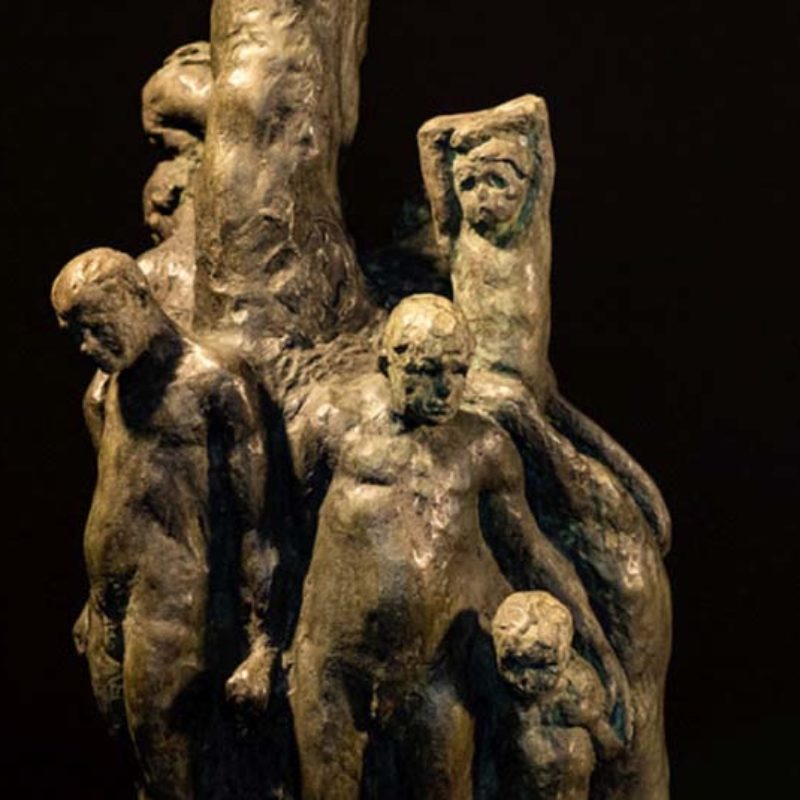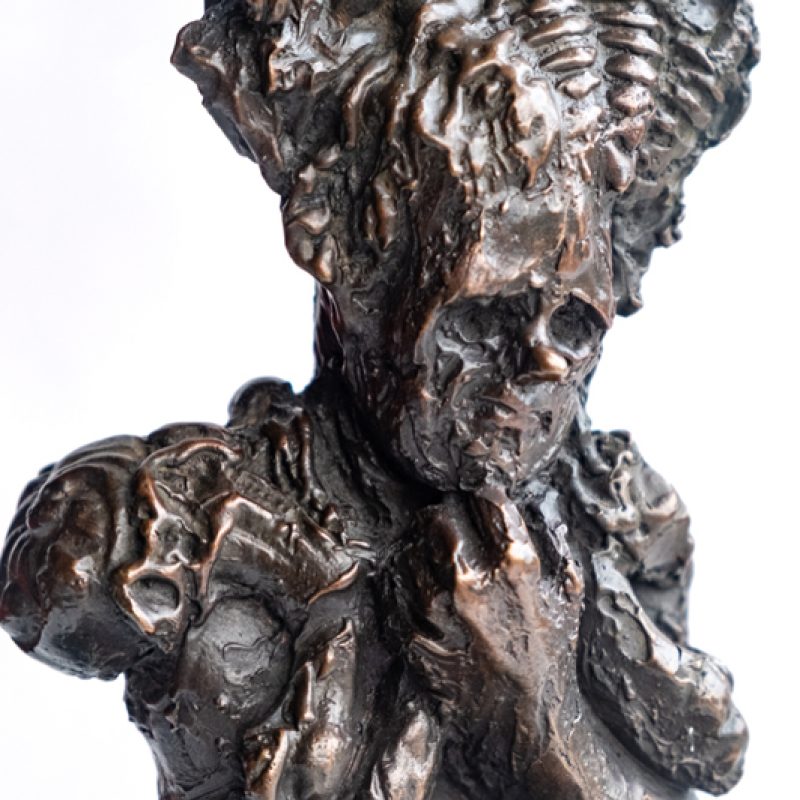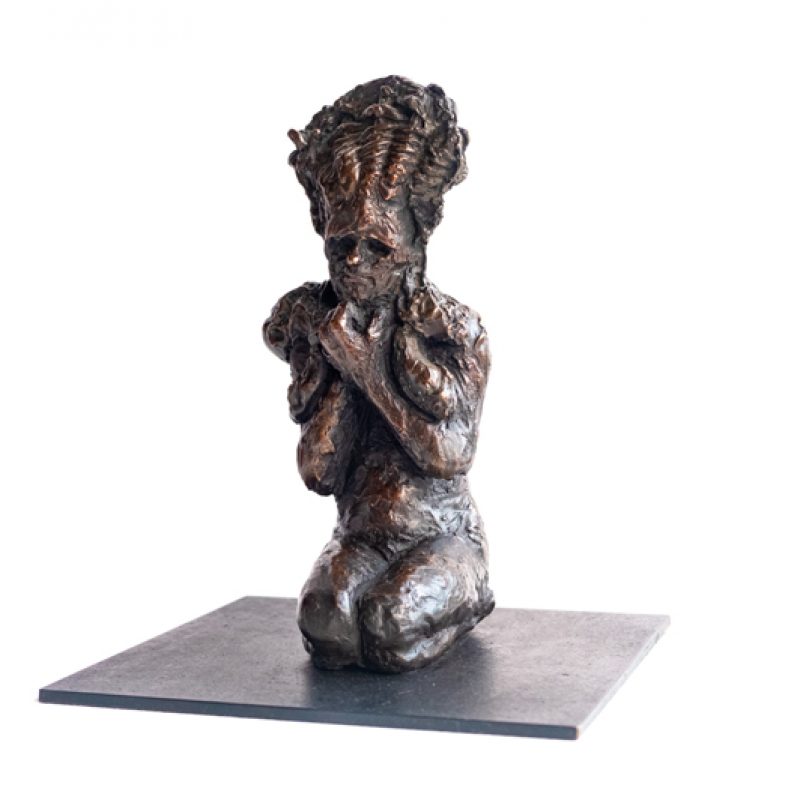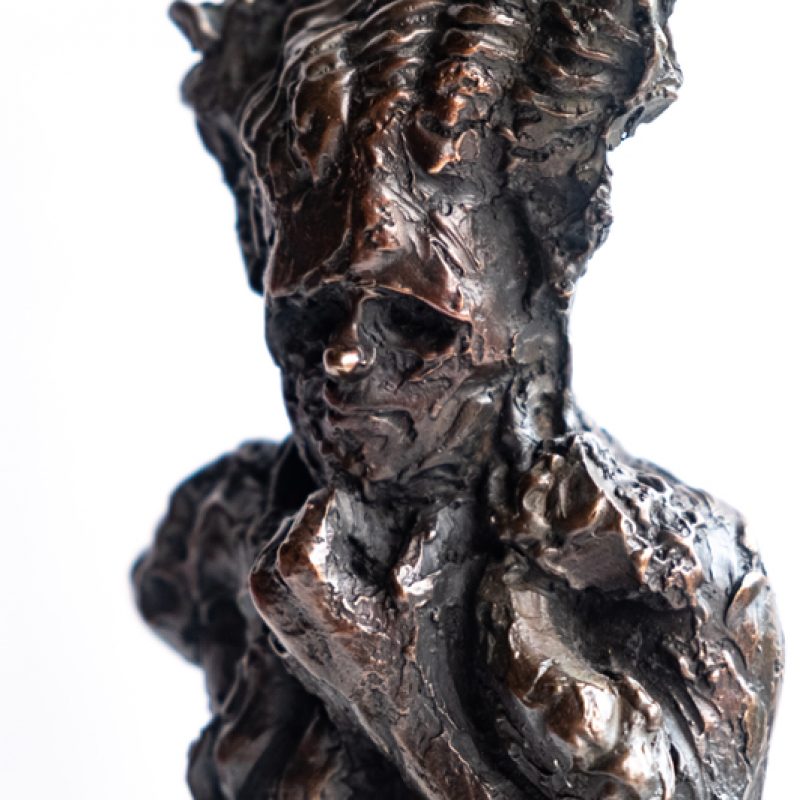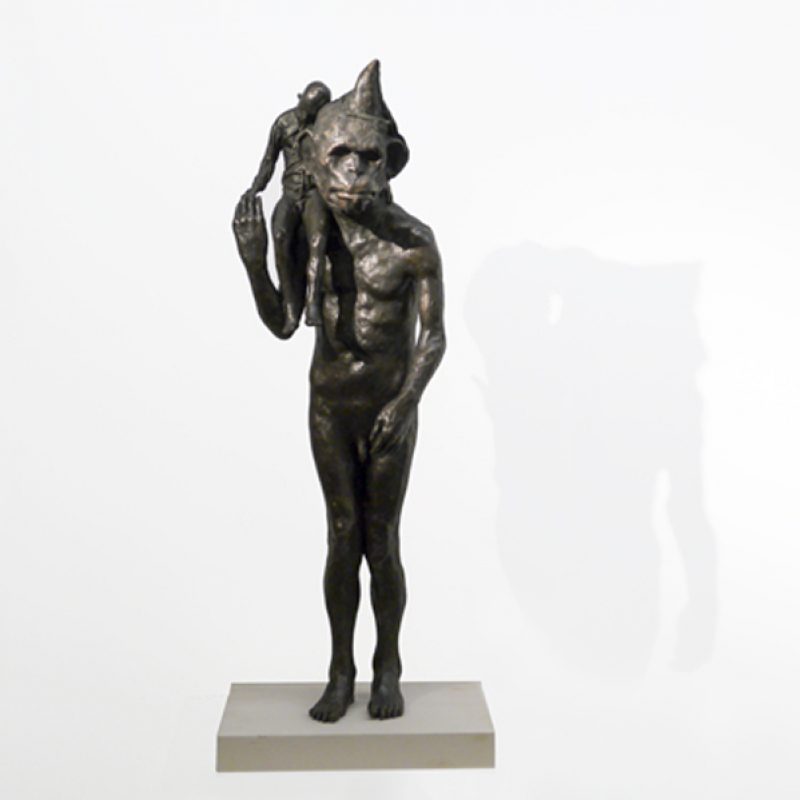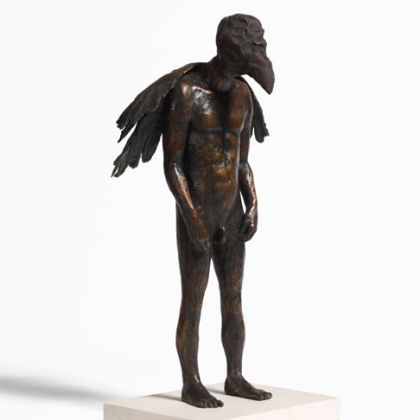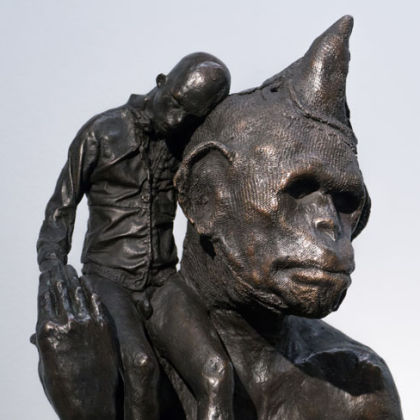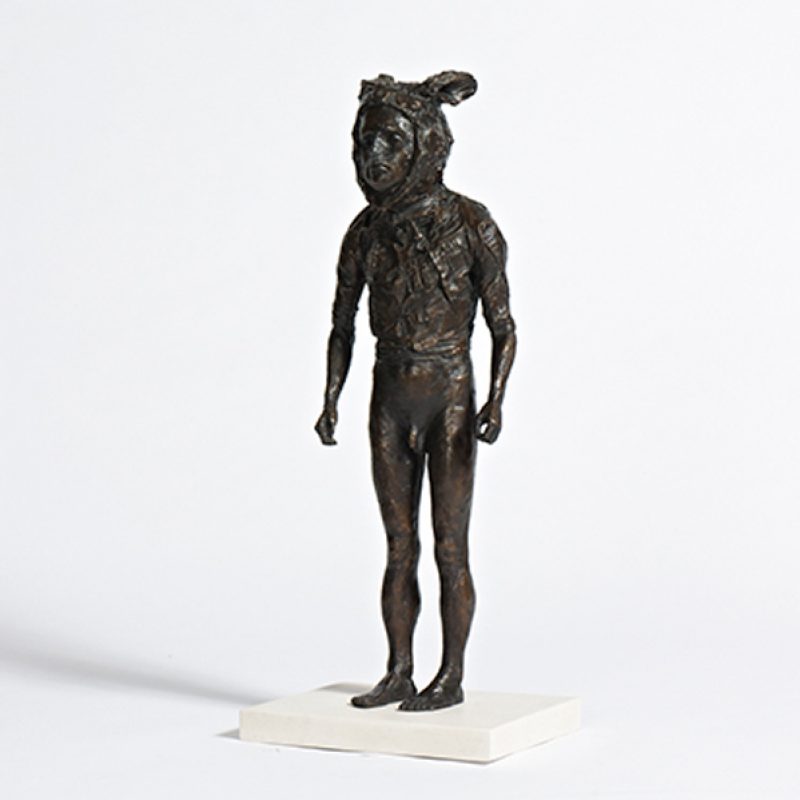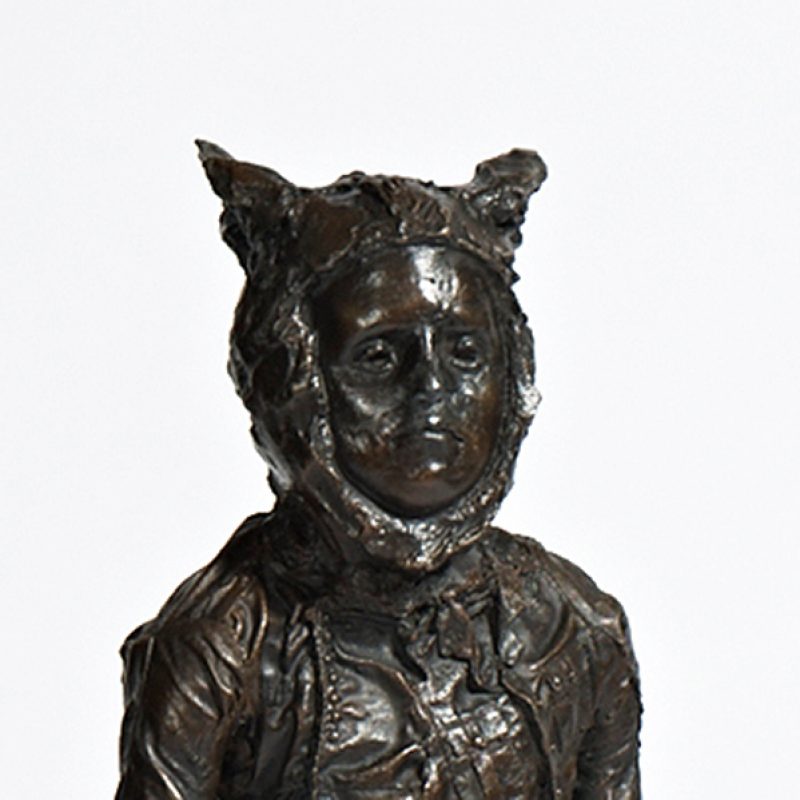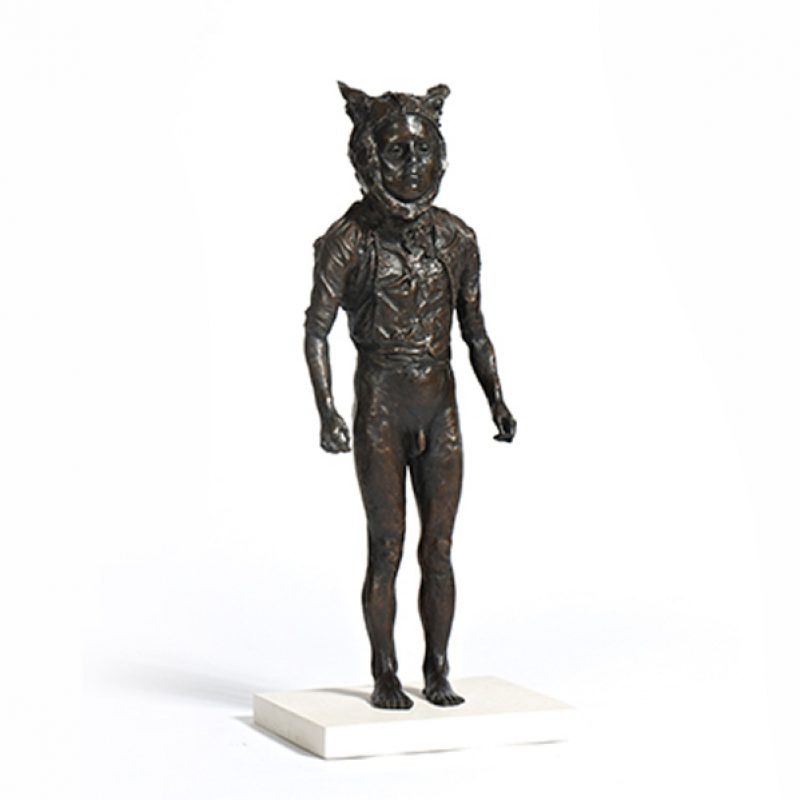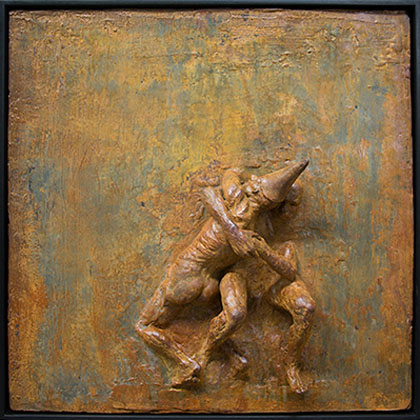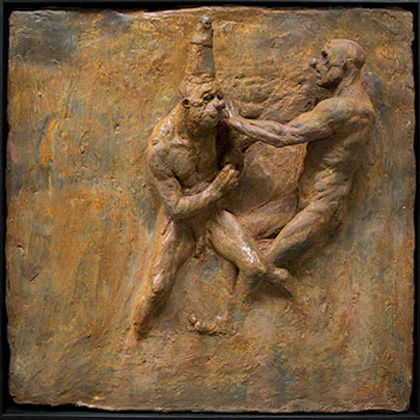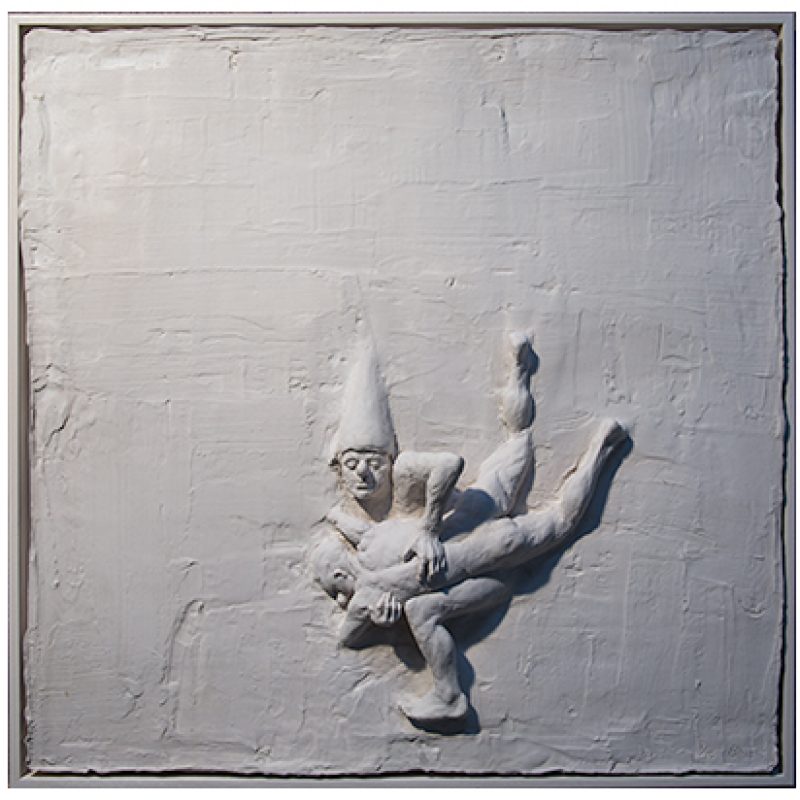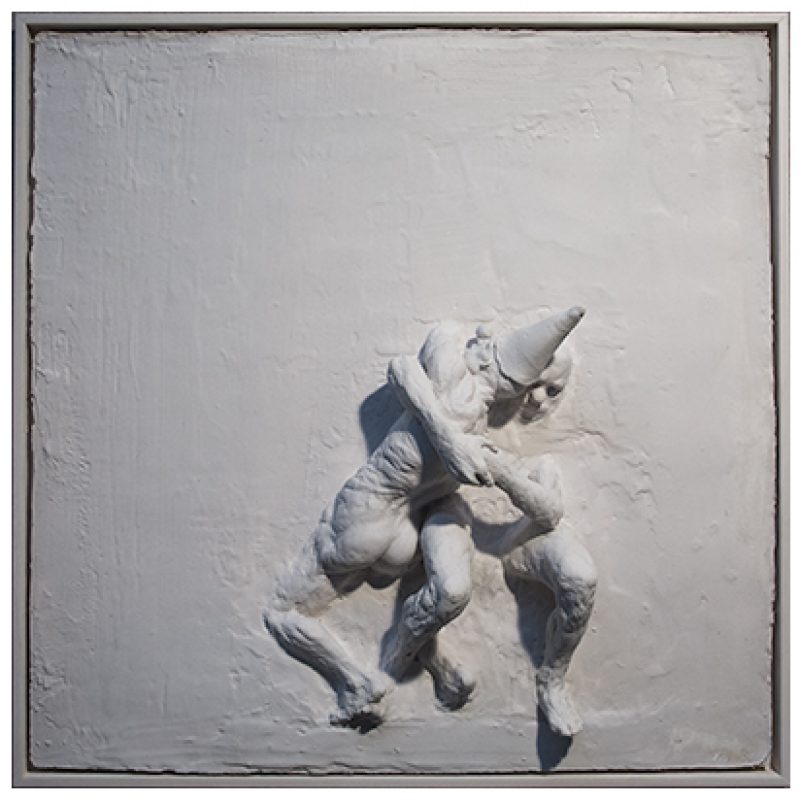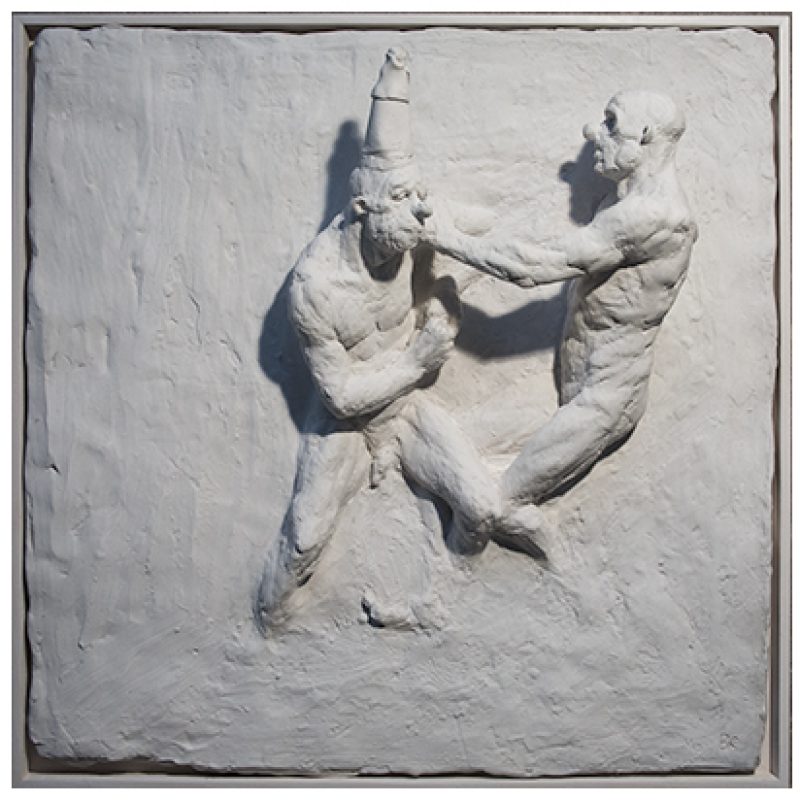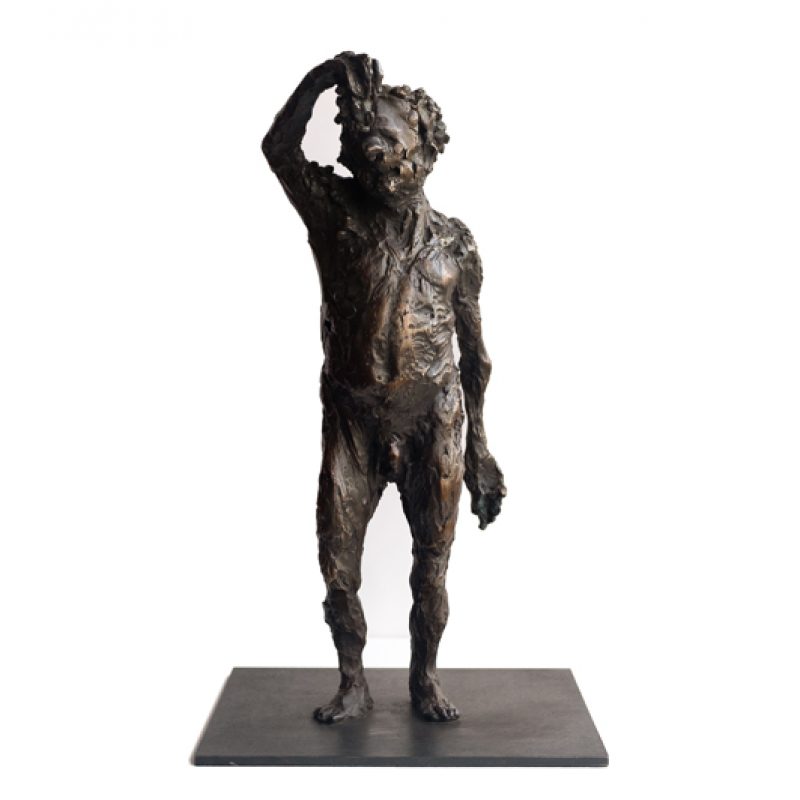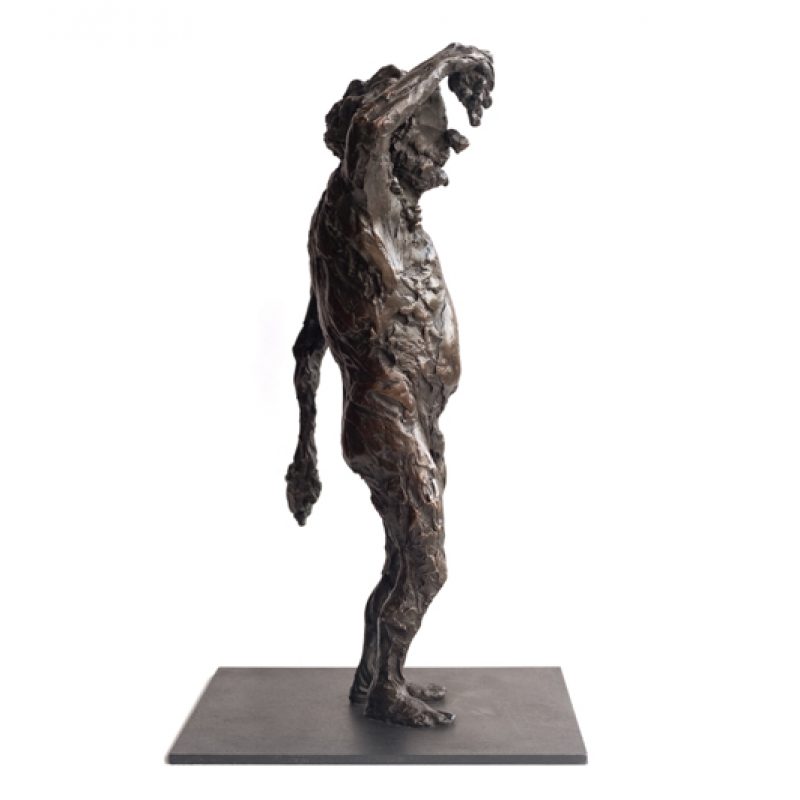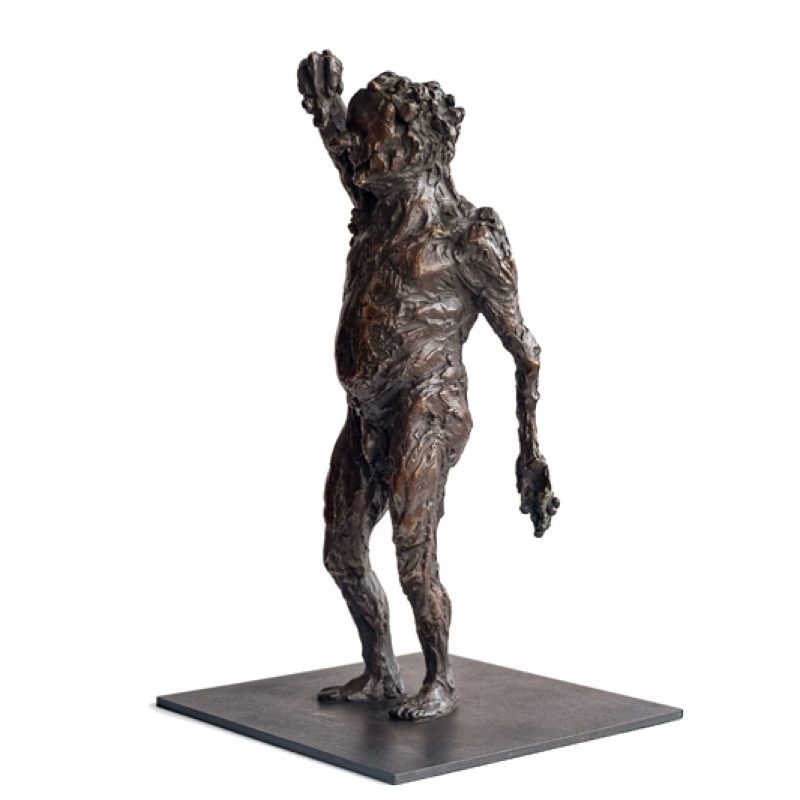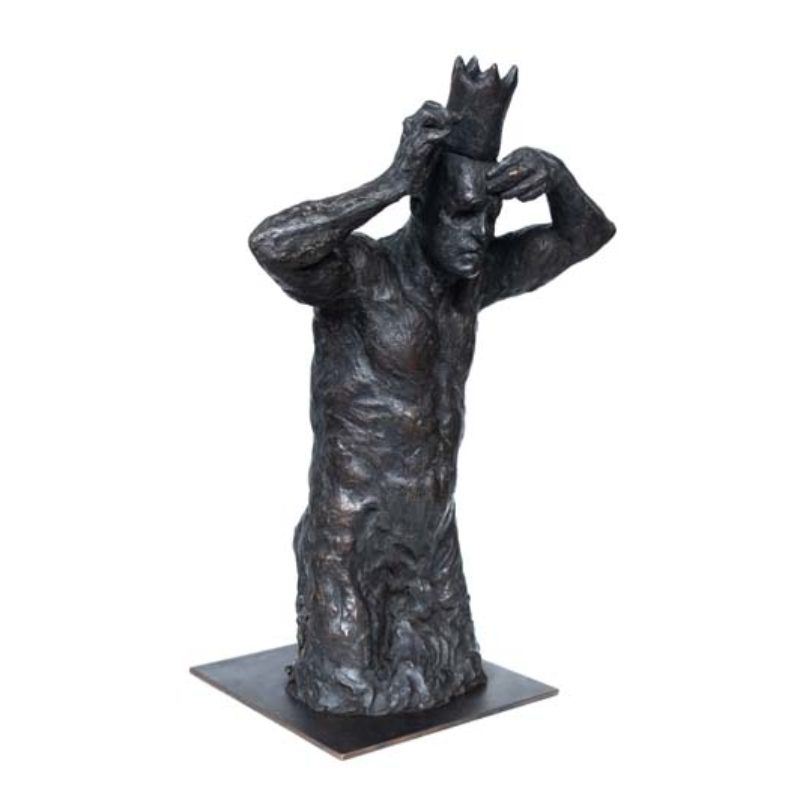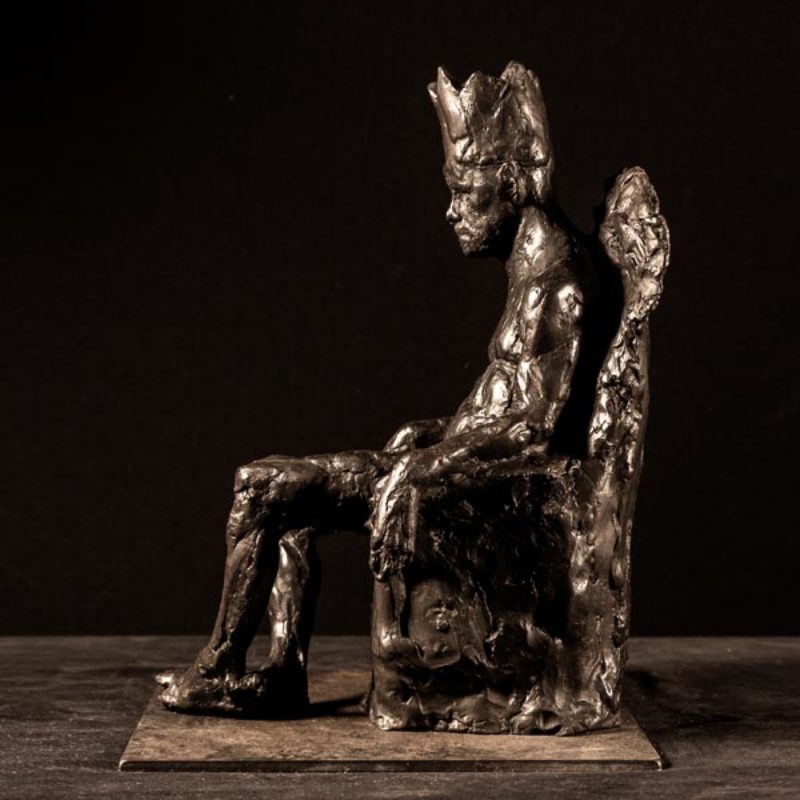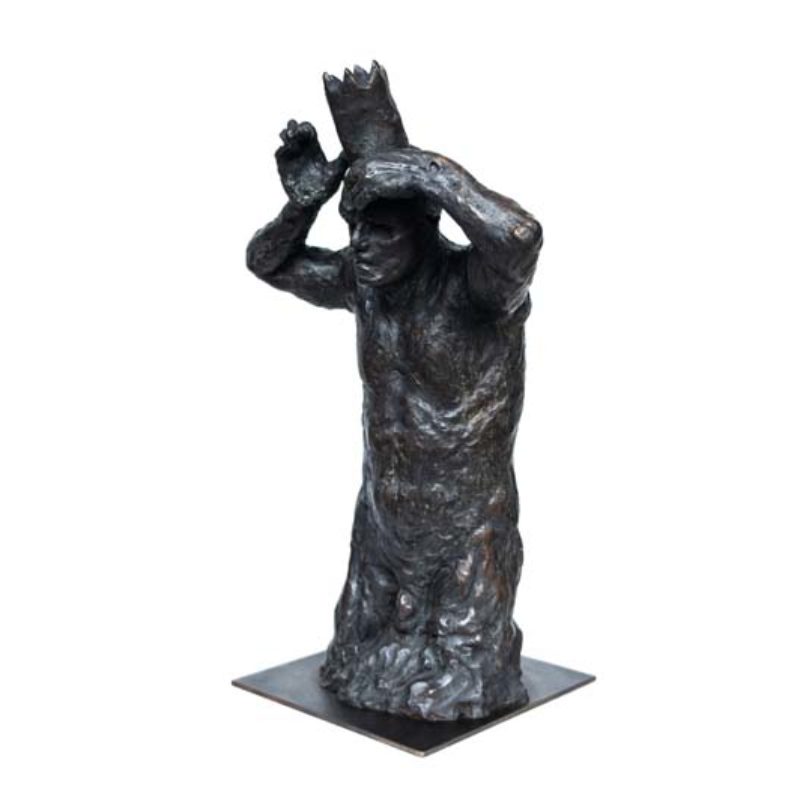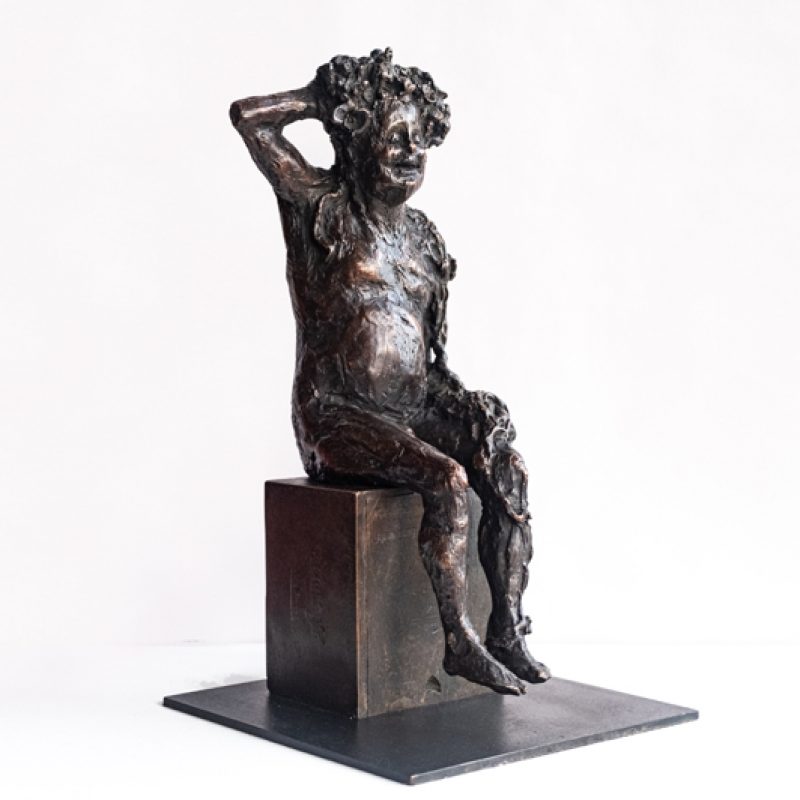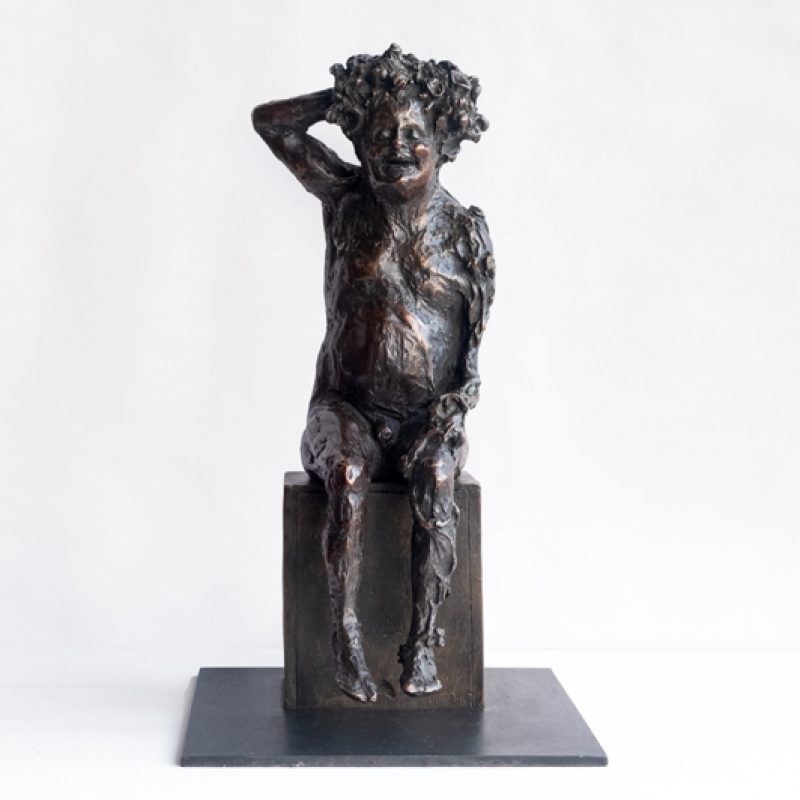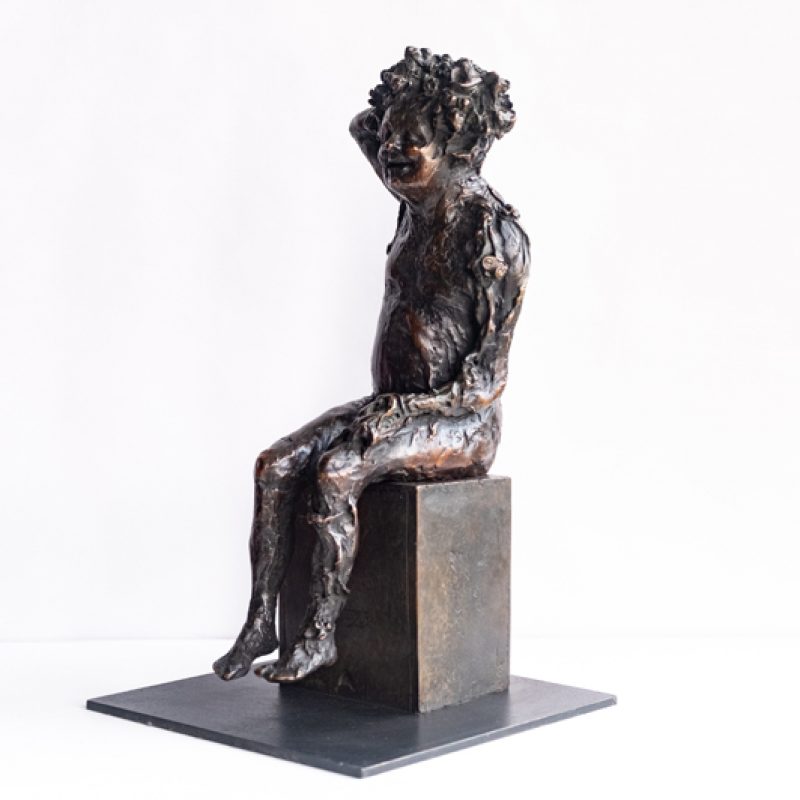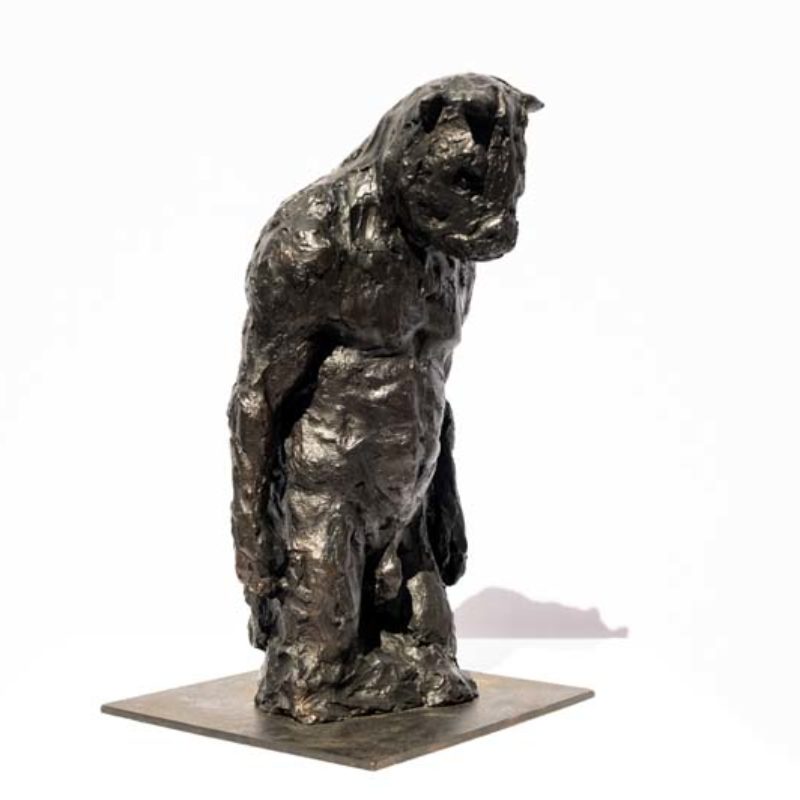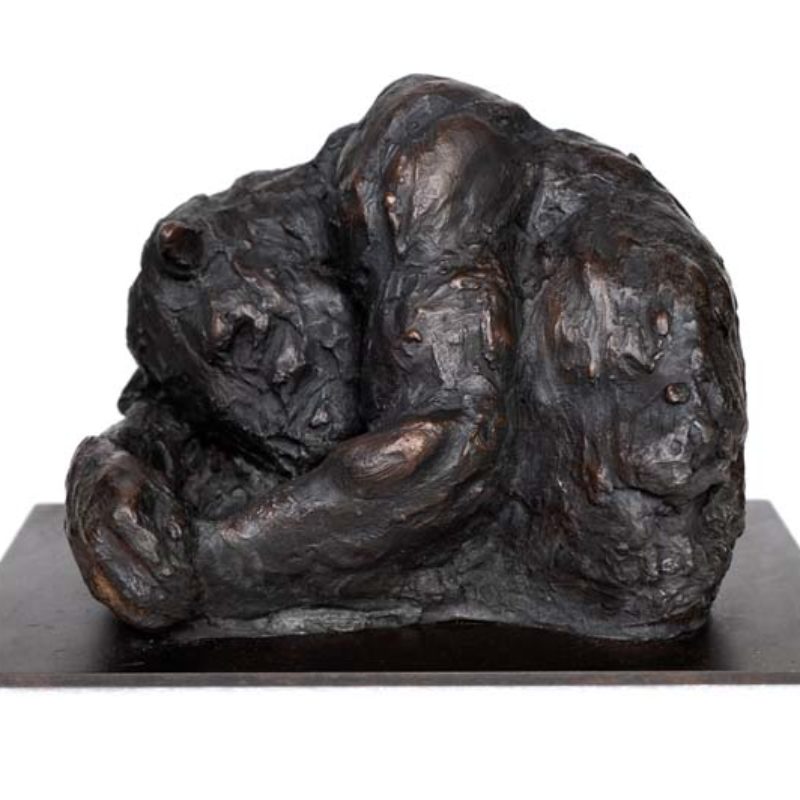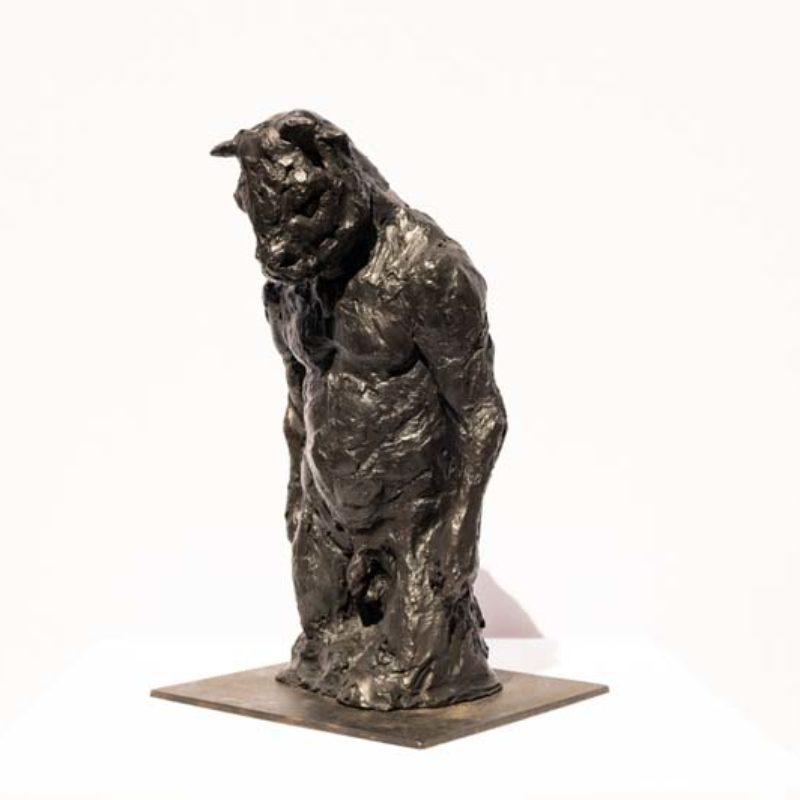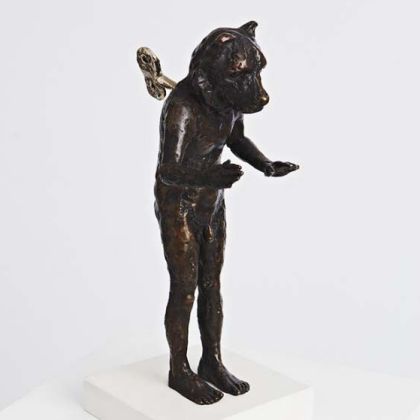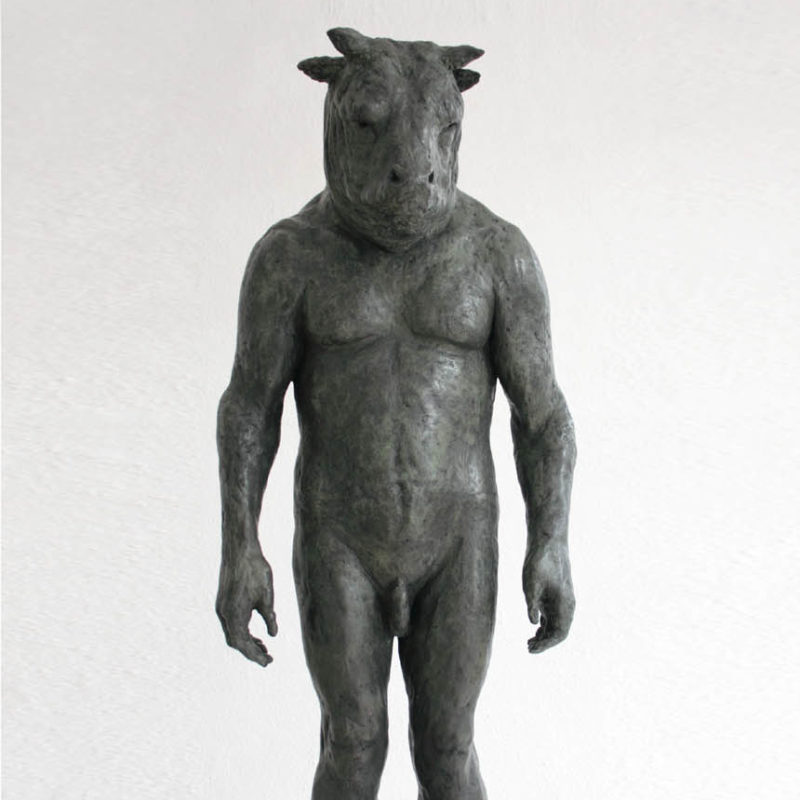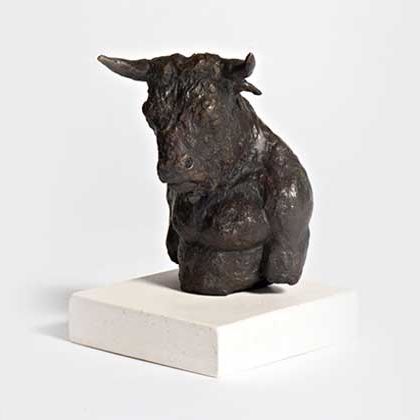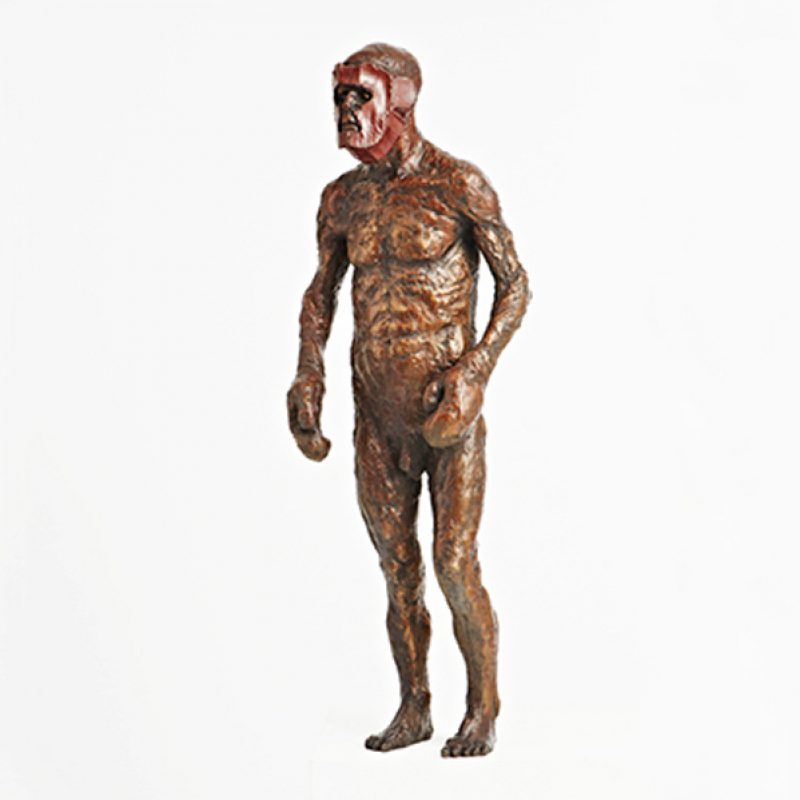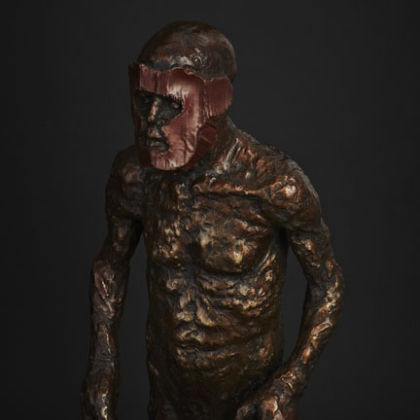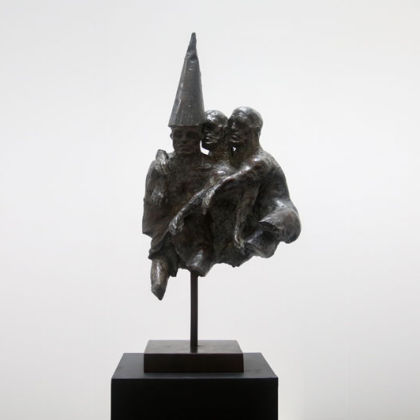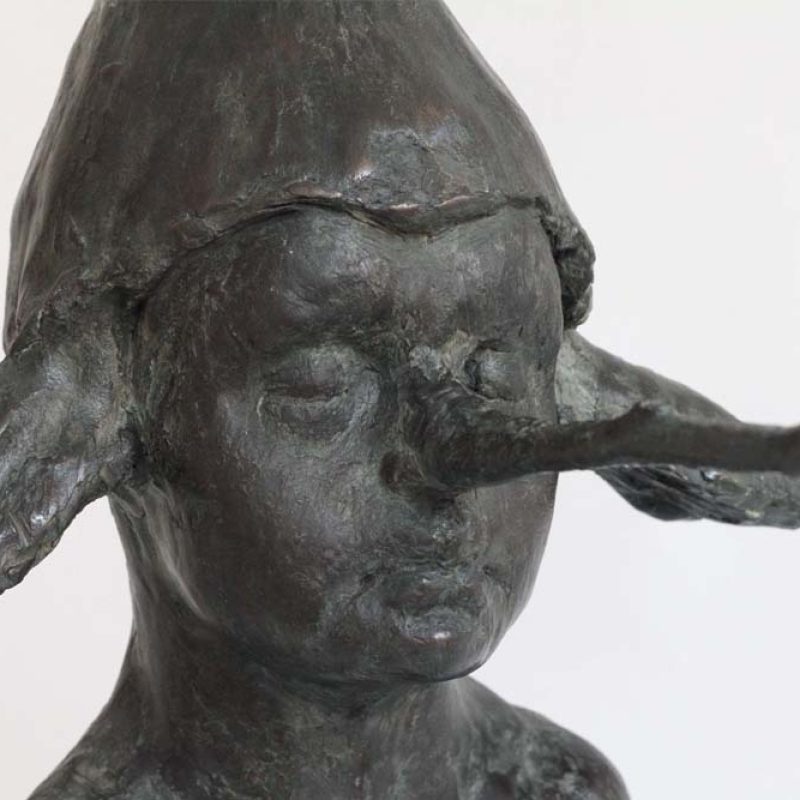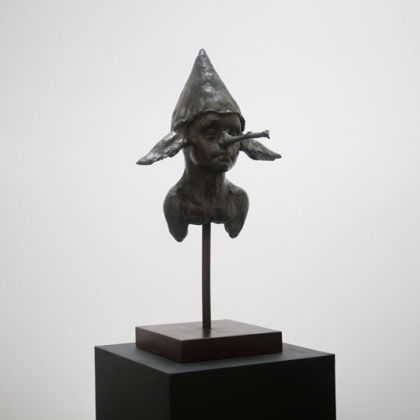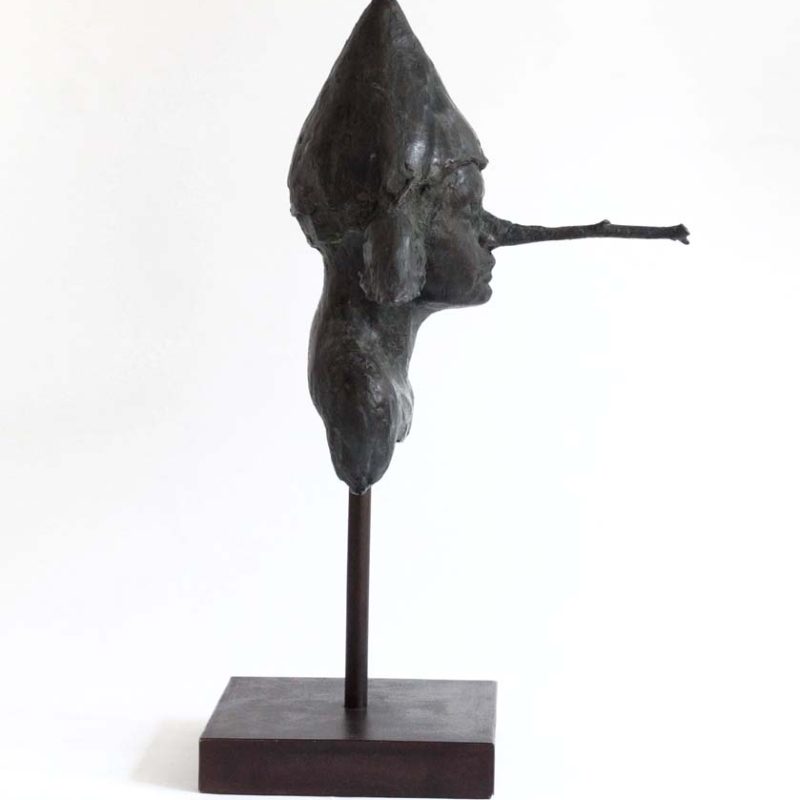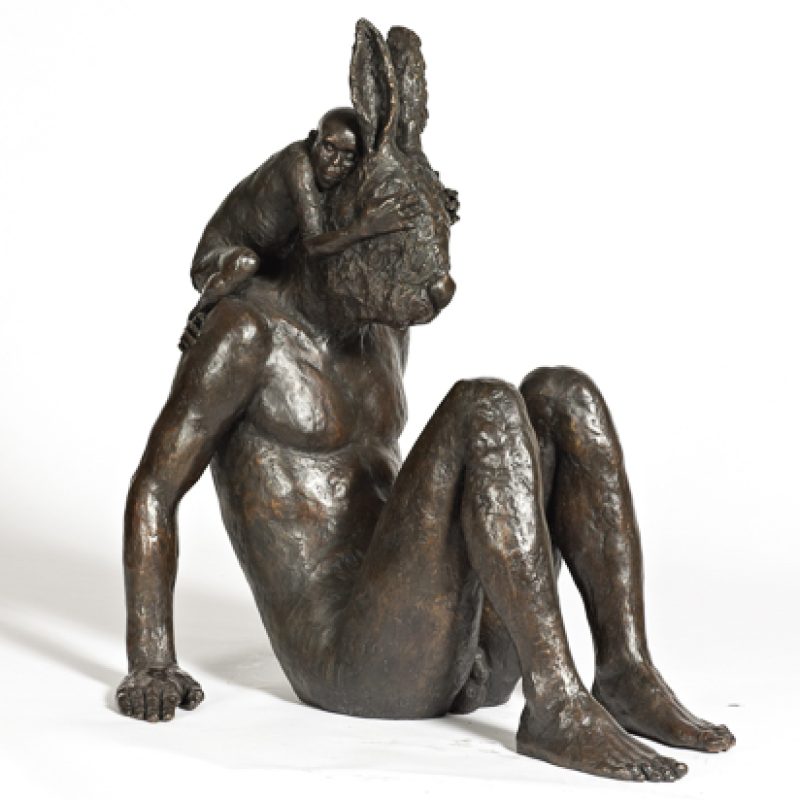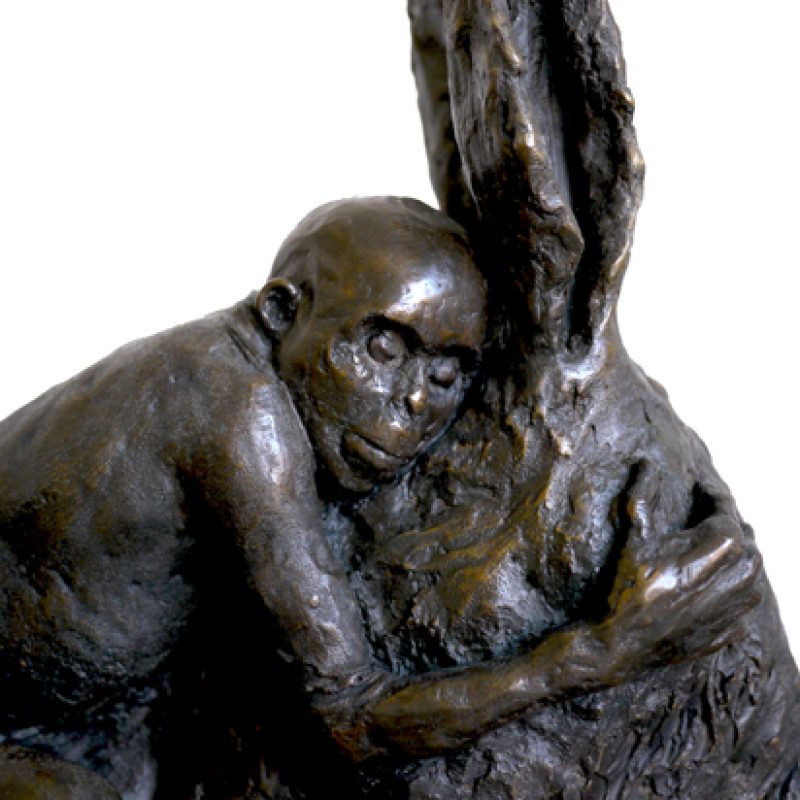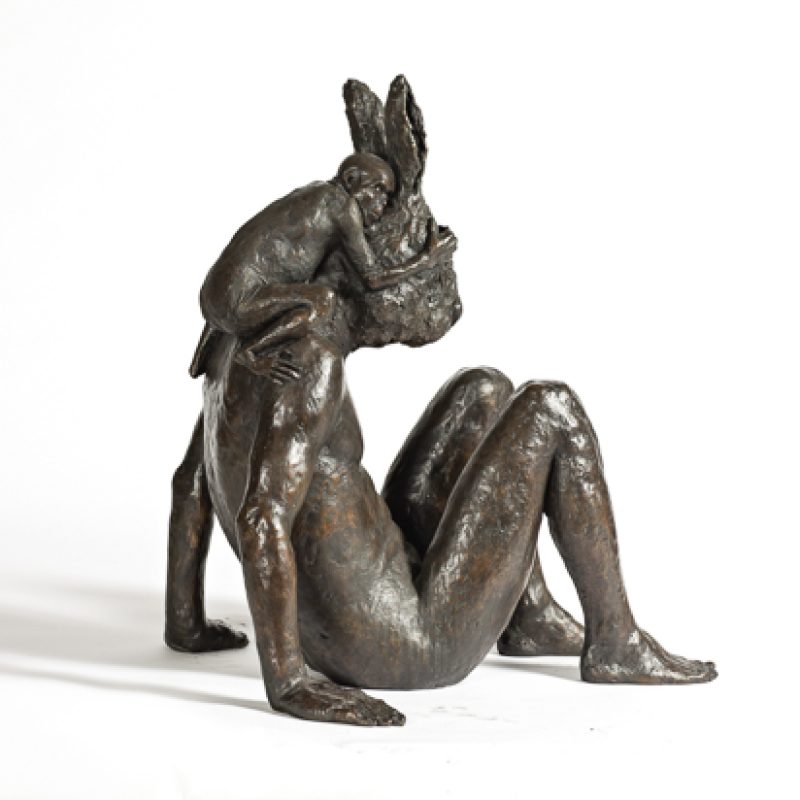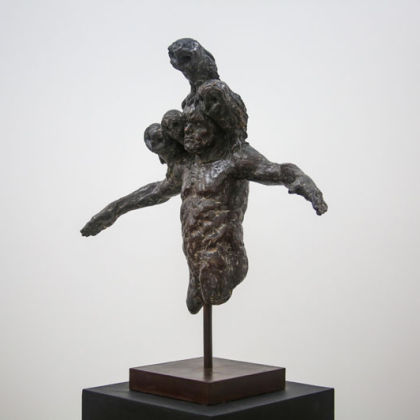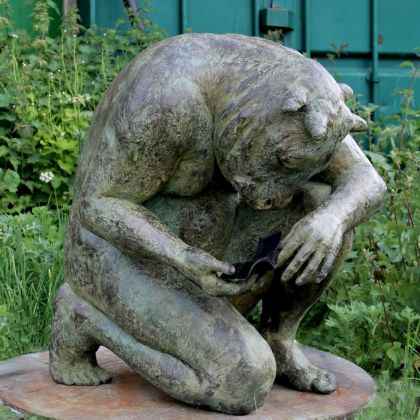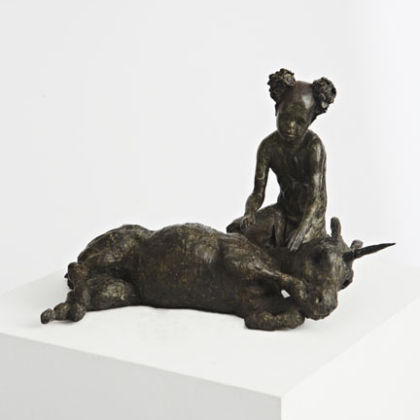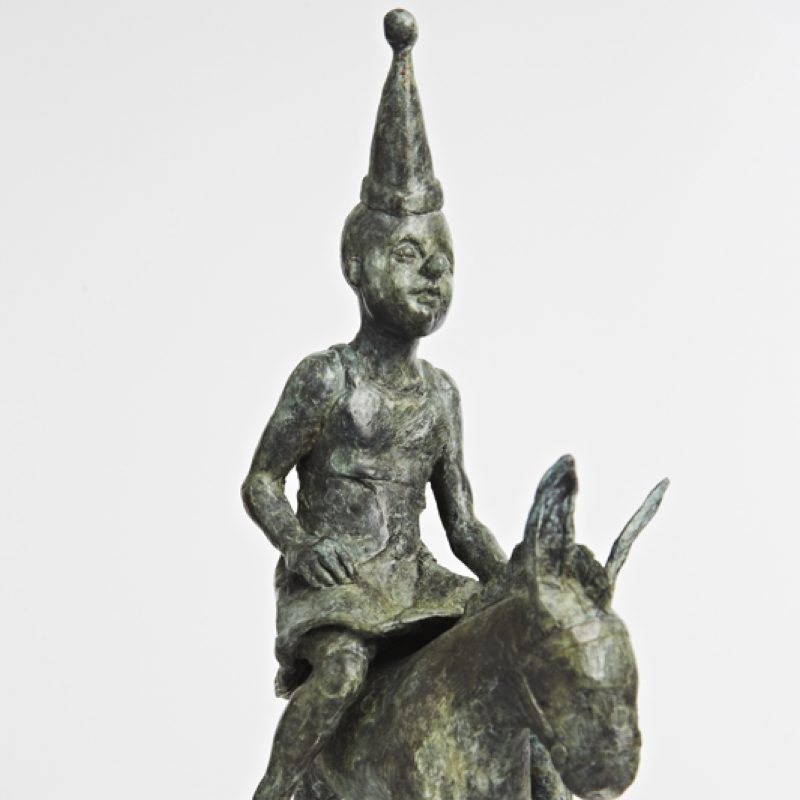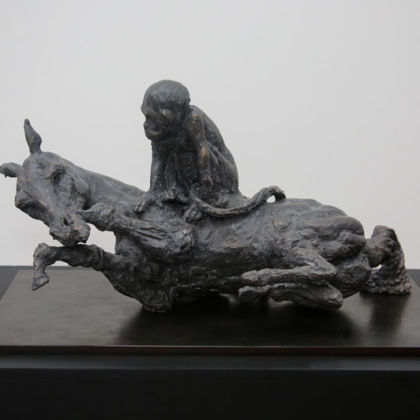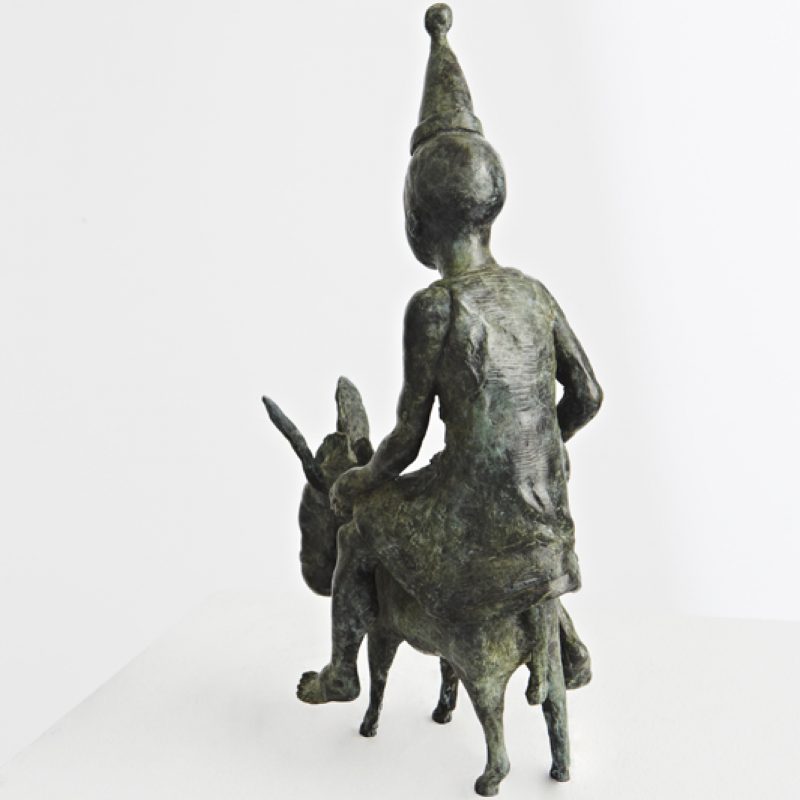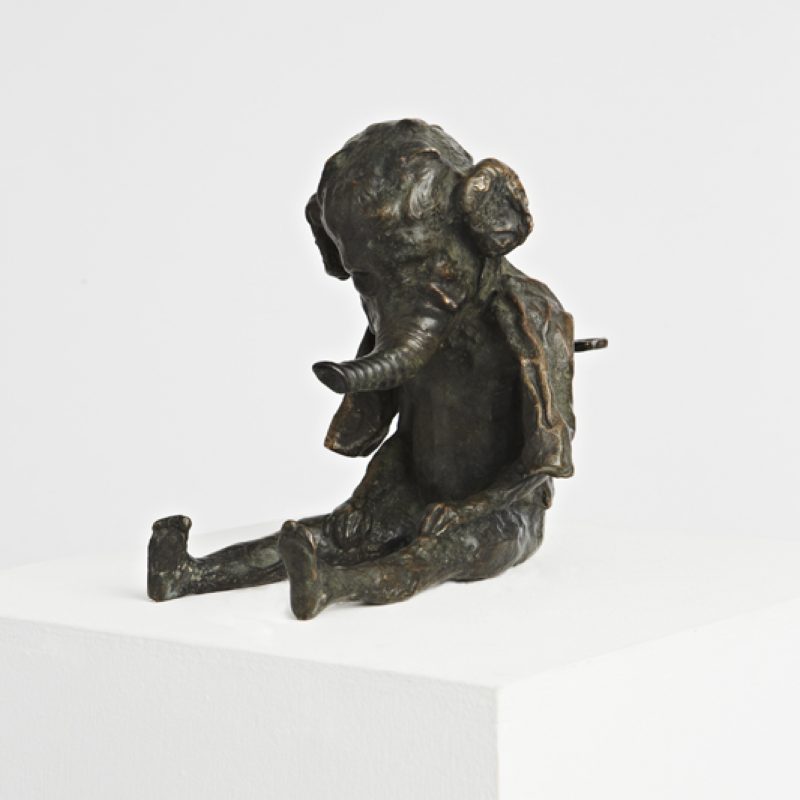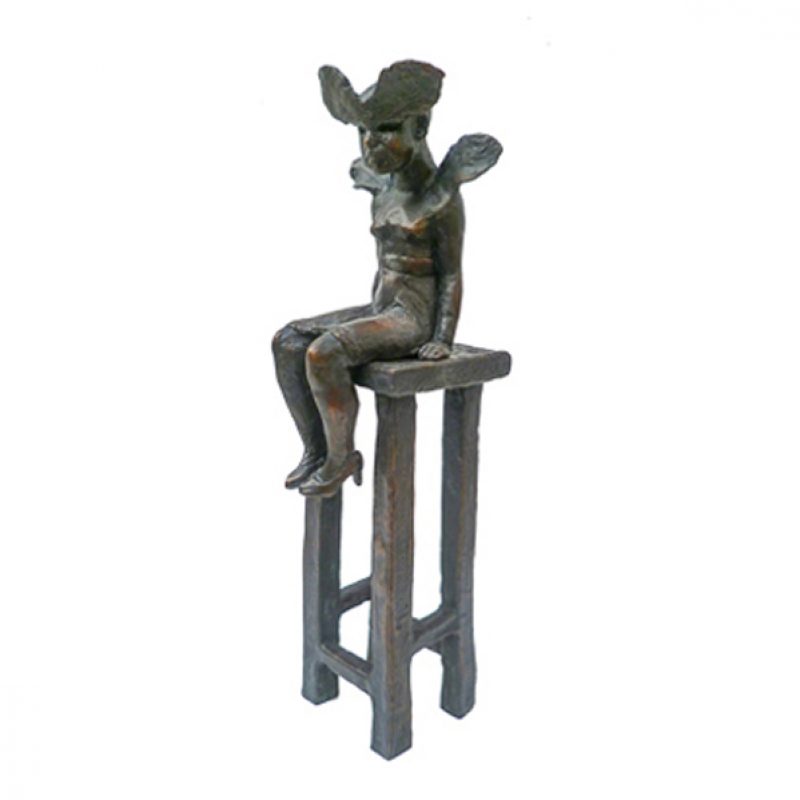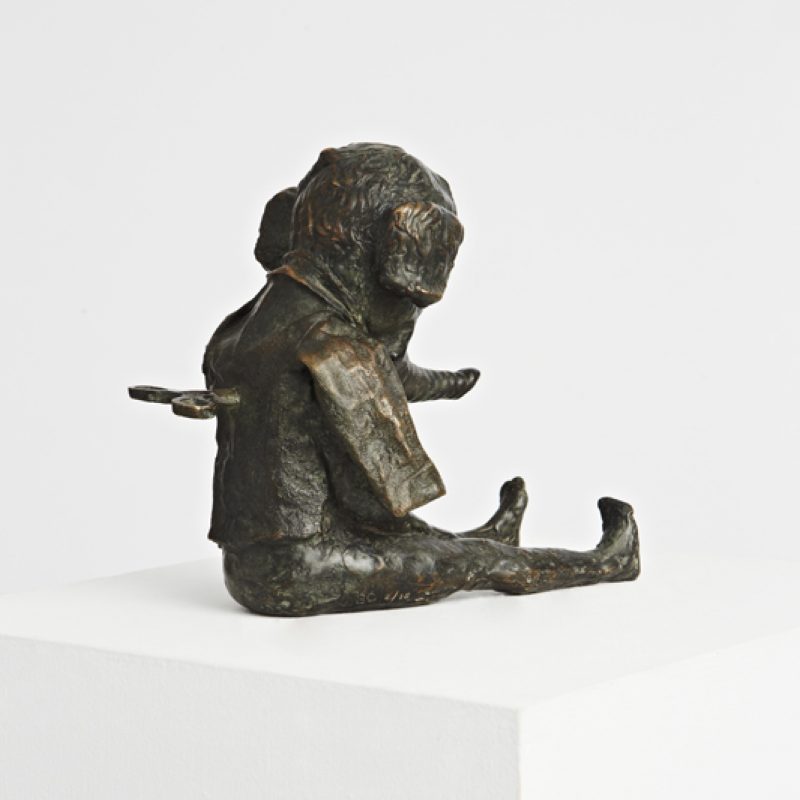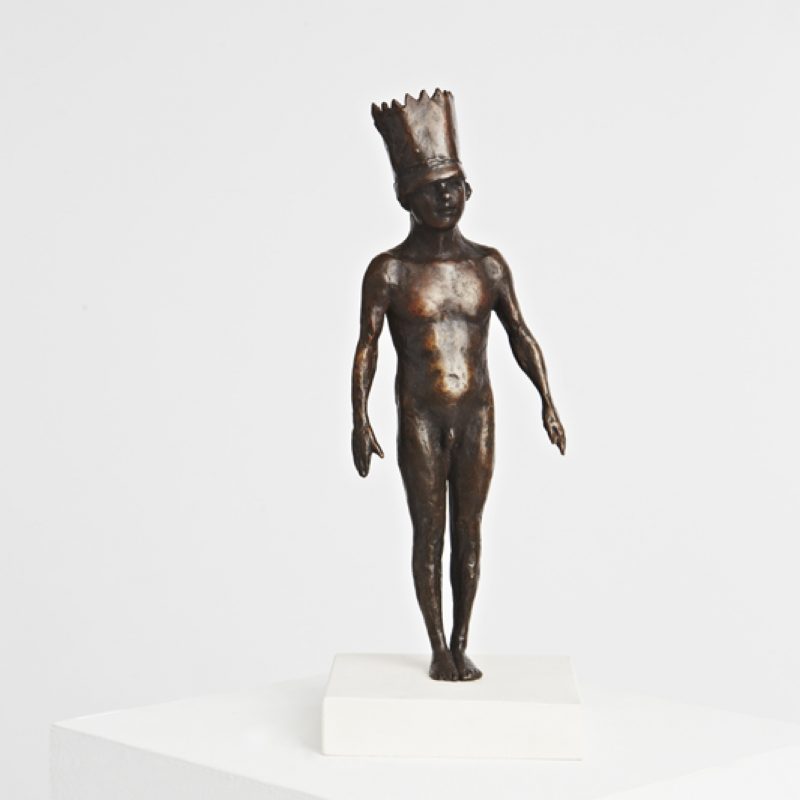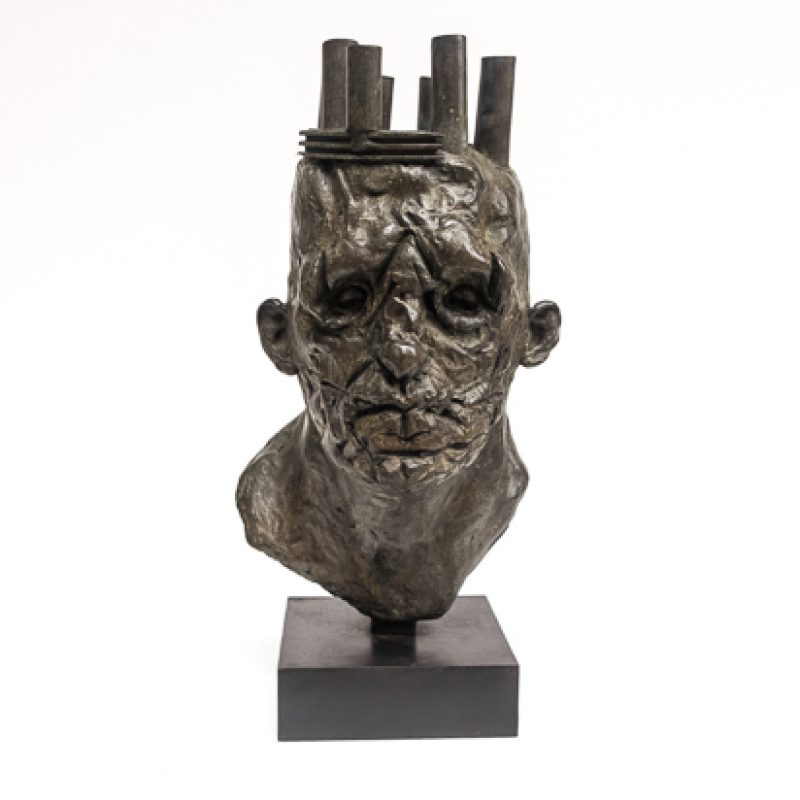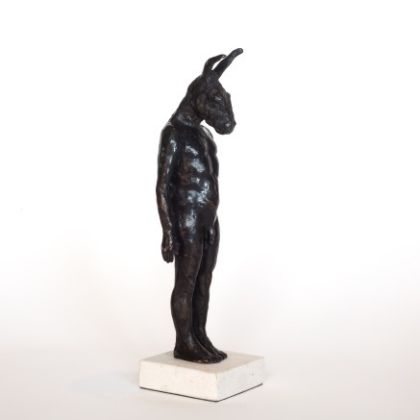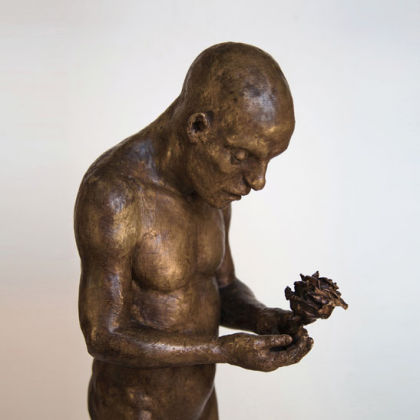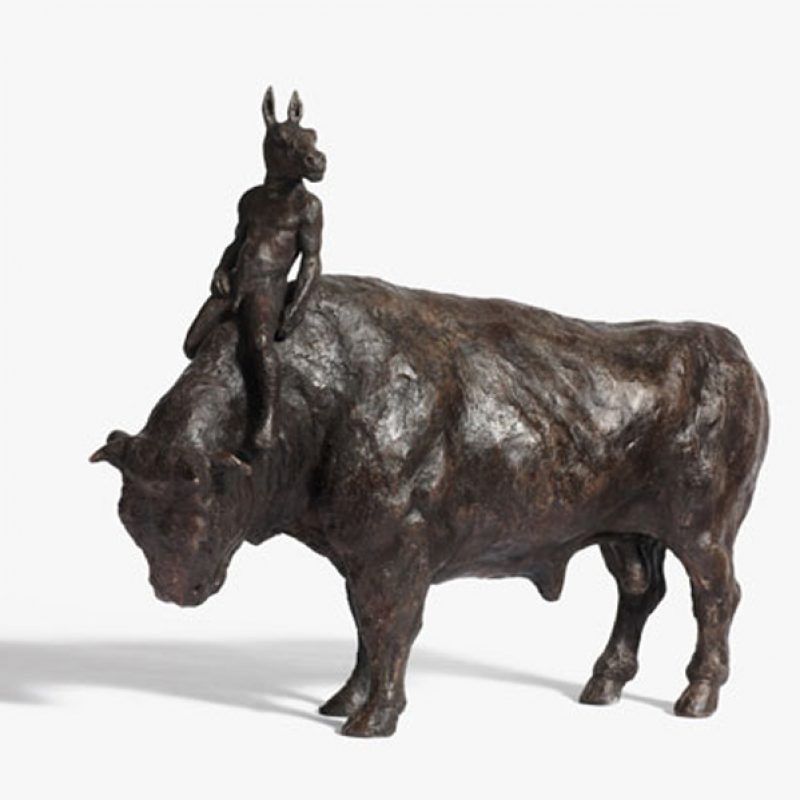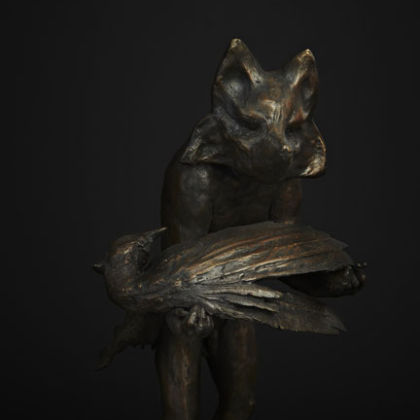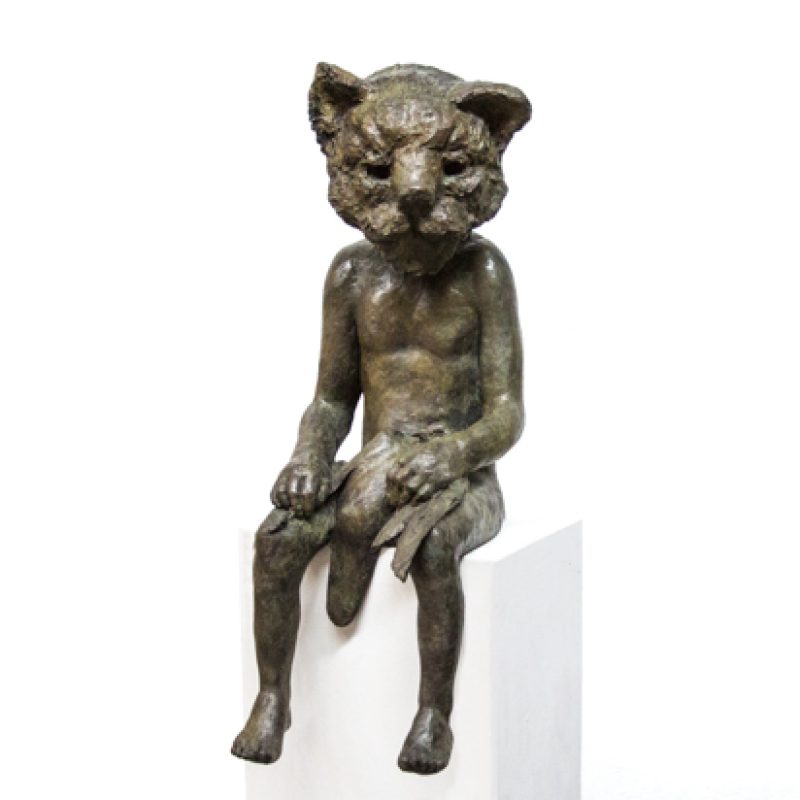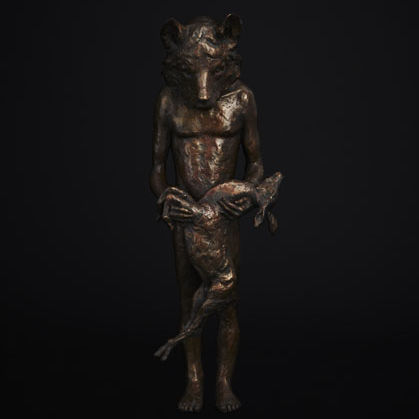EDUCATION
1992-1995 BA (Hons) Fine Art. Sunderland University, UK
1993-1994 Placement at the Cyprus College of Art, Cyprus
1990-1991 Art Foundation, Bath College of further Education, UK
AWARDS AND TRAVEL
2016 National Open Art Prize, South West Winner
2007-09 Travelled to Gambia, Kenya and Tanzania
2006 Two month Residency at Bronze Casting Foundry, in Guadalajara, Mexico
2004 Olympia Artfair, London (Individual Artist Award)
2002 Travelled and Worked in New Zealand (Womad: World of Music and Dance)
2000 South West Arts, UK, Individual Artist Award to produce new body of work
1997 Travel in Sri Lanka and India to study devotional/mythological sculpture
1996 Northern Arts, UK, Travel Award to Crete
1996 South West Arts, UK, Travel assistance grant
1995 Northern Graduates Show, The Royal College of Art, London (Awarded 1st Prize)
ART FAIRS
2020
London Art Fair, Beaux Arts Bath
2019
AAF Spring, Battersea, Beaux Arts Bath
London Art Fair Islington, Beaux Arts Bath
Affordable Art Fair Brussels, LKFF, Brussels
2018
London Art Fair Islington, Beaux Arts Bath
2016
LAPADA, London, Beaux Arts Bath
AAF Battersea, Beaux Arts Bath
London Art Fair, Beaux Arts Bath
2015
Beirut Art Fair
Affordable Art Fair Hong Kong
2014
Art Palm Beach
2013
London Art Fair
2012
London Art Fair
Bloomsbury Art Fair
SELECTED EXHIBITIONS
2022
Summer Exhibition, Royal Academy of Art, London
M Fine Arts Galerie, Boston, Massachusetts
‘Labyrinthine’, James Freeman Gallery, London
2021
Hugo Galerie, New York
Solo exhibition, Beaux Arts Bath
2020
‘Beasts’, Arusha Gallery, Edinburgh
Spring Selections, M Fine Arts Galerie, Boston, Massachusetts
‘Art in Doom’, Jonathan Ferrara Gallery, New Orleans
Winter Collective II, Hugo Galerie, New York
‘Art We Love’, Winter Group Show, M Fine Arts Galerie, Boston
‘There is no dark until something shines’ Solo Show, Hugo Galerie, New York
2019
‘The Summer Exhibition’, Beaux Arts Bath
Winter Collective I and II : M Fine Arts Galerie, Boston
Summer Collective I and II, Hugo Galerie, New York
SOFA Sculpture Projects Functional Art and Design, Hugo Galerie, Chicago
Back to the Drawing Board, Roger Billcliffe Gallery, Glasgow
2018
Mixed Summer Exhibition, Beaux Arts Bath
Shadow Stories, Solo Show, LKFF Brussels
Sawdust and Sequins: The Art of the Circus, Royal West of England Academy, Bristol
Magical Realism, Hugo Galerie, New York
Mythos, Charlie Smith London
2017
Solo Exhibition, Beaux Arts Bath
Spike Island Open Studios, Bristol
Artists of Fame and Promise, Mixed Summer Show, Beaux Arts Bath
‘Night Tide’, Arusha Gallery, Edinburgh
Summer Collective I and II, Hugo Galerie, New York
2016
NOA Competition, South West Prize Winner, Mercer’s Hall London
Chchoter Å Travers La Rivière, Hugo Galerie, Philadelphia
Winter Fête Group Show, Georges Bergès Gallery, New York
2015
Winter Collective Part I, Bertrand Delacroix Gallery, New York
The Shining Guest, View Art Gallery, Bristol
‘ODYSSEY’, The Chapel of The House of St Barnabas, bo.lee Gallery, London
Group Exhibition, Beaux Arts Bath
Minotaur on Box sculpture on display, Musée d’Art Classique de Mougins, France
Dessins du Sculpteaurs, Galerie Rauchfield, Paris
2014
‘A Christmas Cabinet’, bo.lee Gallery, The Hepsibah Gallery, London
Winter Collective Part I, Bertrand Delacroix Gallery, New York
Summer Group Show, Axelle Fine Arts, New York
‘Dancing with Morpheous’, Bertrand Delacroix Gallery, New York
2013
‘A Beautiful Death’, View Art Gallery, Bristol
‘Lucid’, bo.lee Gallery, London
2012
‘Unnatural-Natural History’, Royal West of England Academy
‘Shadowside,’ Blackall Studios, London
‘True Identity’, View Art Gallery, Bristol
Axelle Fine Arts, Boston
Bertrand Delacroix Gallery, New York
‘Nocturnes: Romancing the Night’, The National Arts Club, New York
2011
‘Here and Now’, View Art Gallery, Bristol
‘Darkness to Light’, The Octagon Chapel, Bath
2010
Art of Giving, Group Show and Charity Auction, Saatchi Gallery, London
Solo Show, Black Swan Arts, Frome
Group Show, Mauger Modern Gallery, Bath/London
2009
Chichester National, (Selected National Art Competition)
Christmas Show, View Art Gallery, Bristol
2008
National Open Exhibition, Royal West of England Academy, Bristol
Two person show, Badcocks Gallery, Newlyn, Cornwall
Works on Paper Group Show, The Royal Academy, London
2006
Beauty and the Beast, Stourhead Gardens, National Trust / Arts Council England
Solo Show, Queens Street Gallery, Emsworth
2005
Solo Show, Badcocks Gallery, Newlyn Cornwall
2004
Olympia Artfair, London (Individual Artist Award)
2000
148th Selected Open Autumn Exhibition, Royal West of England Academy, Bristol
1999
Spike Island Launch Exhibition, Bristol
1997
Fabulous Beasts, Group Show, Hampshire Sculpture Trust, Hampshire
1995
Northern Graduate Show
